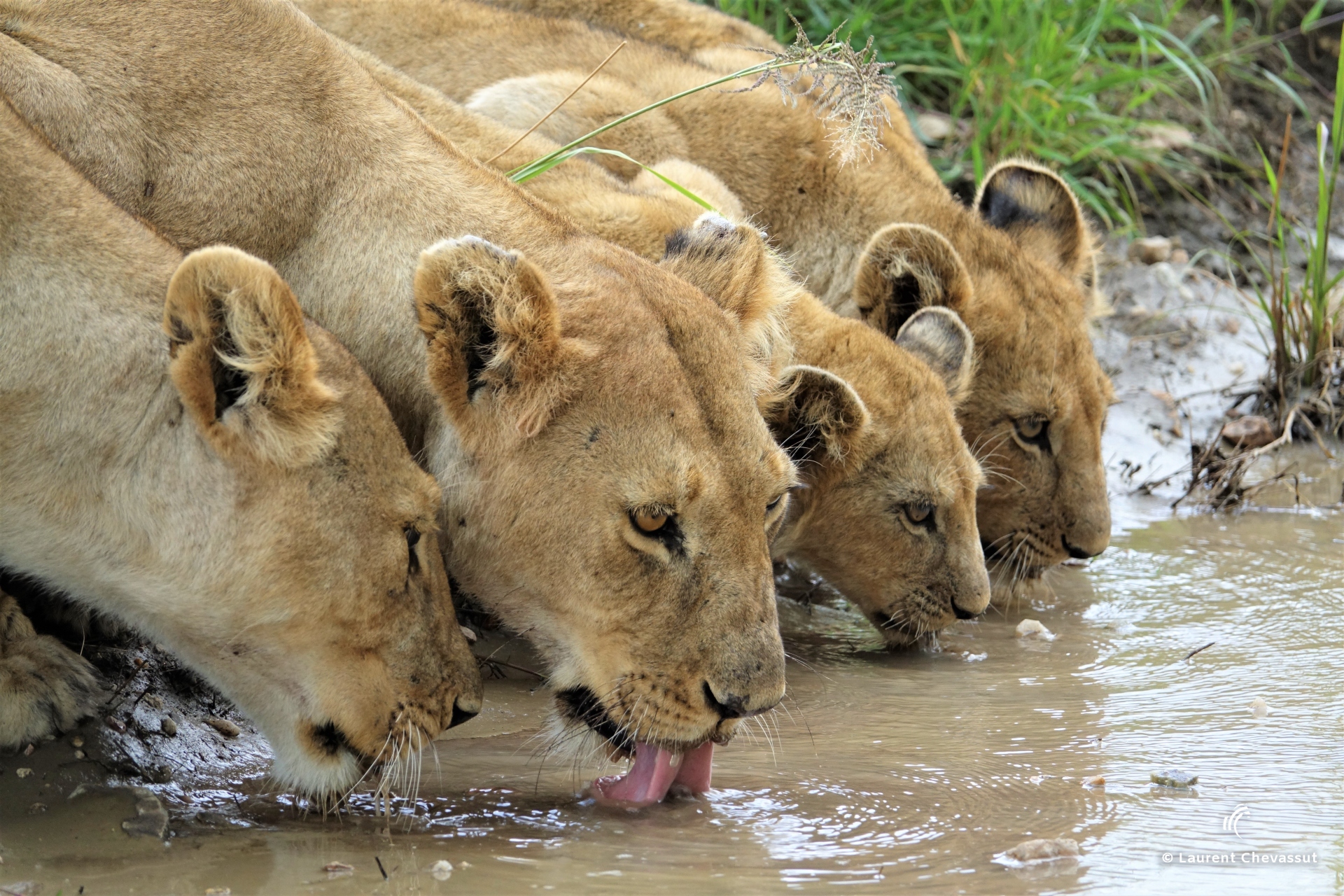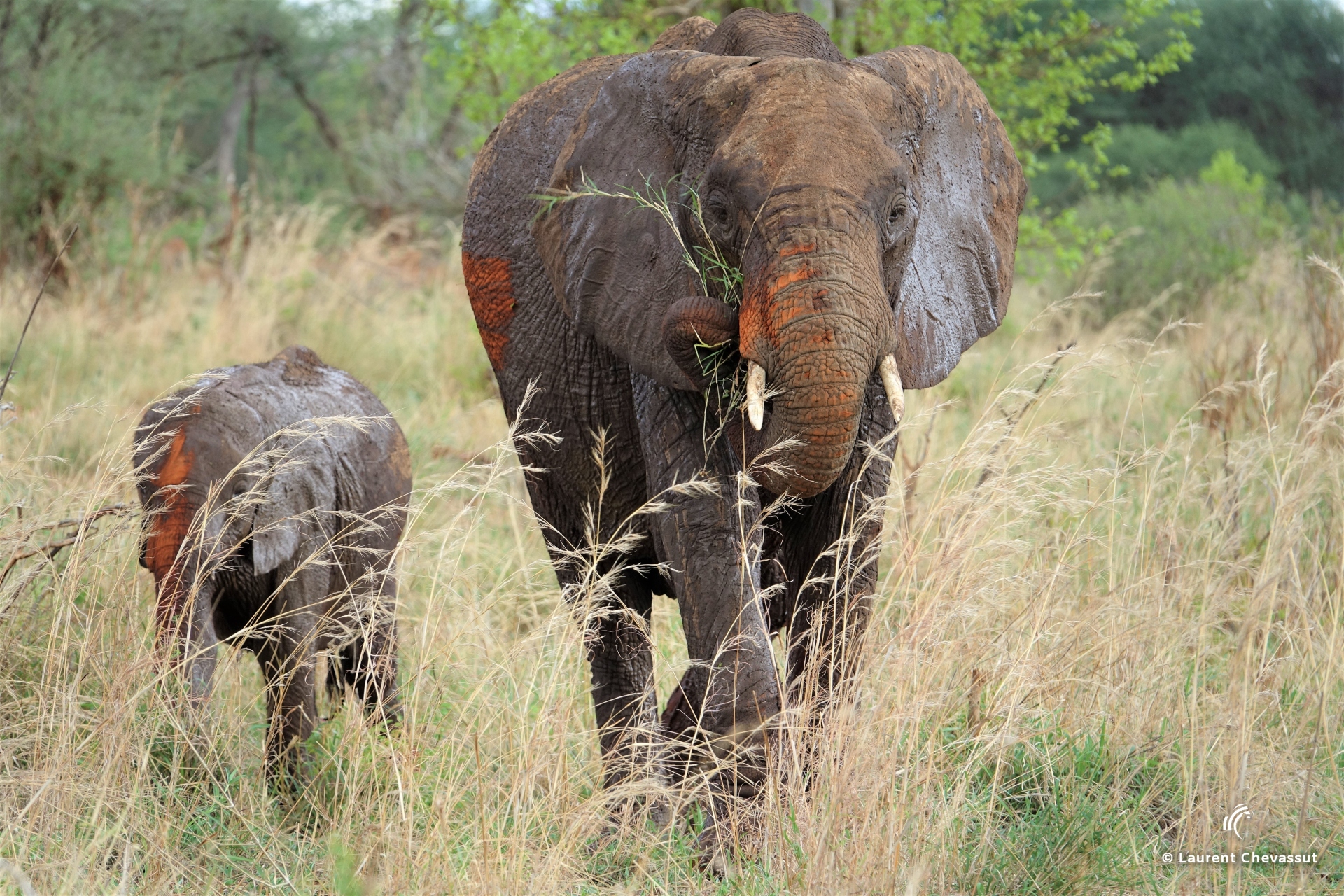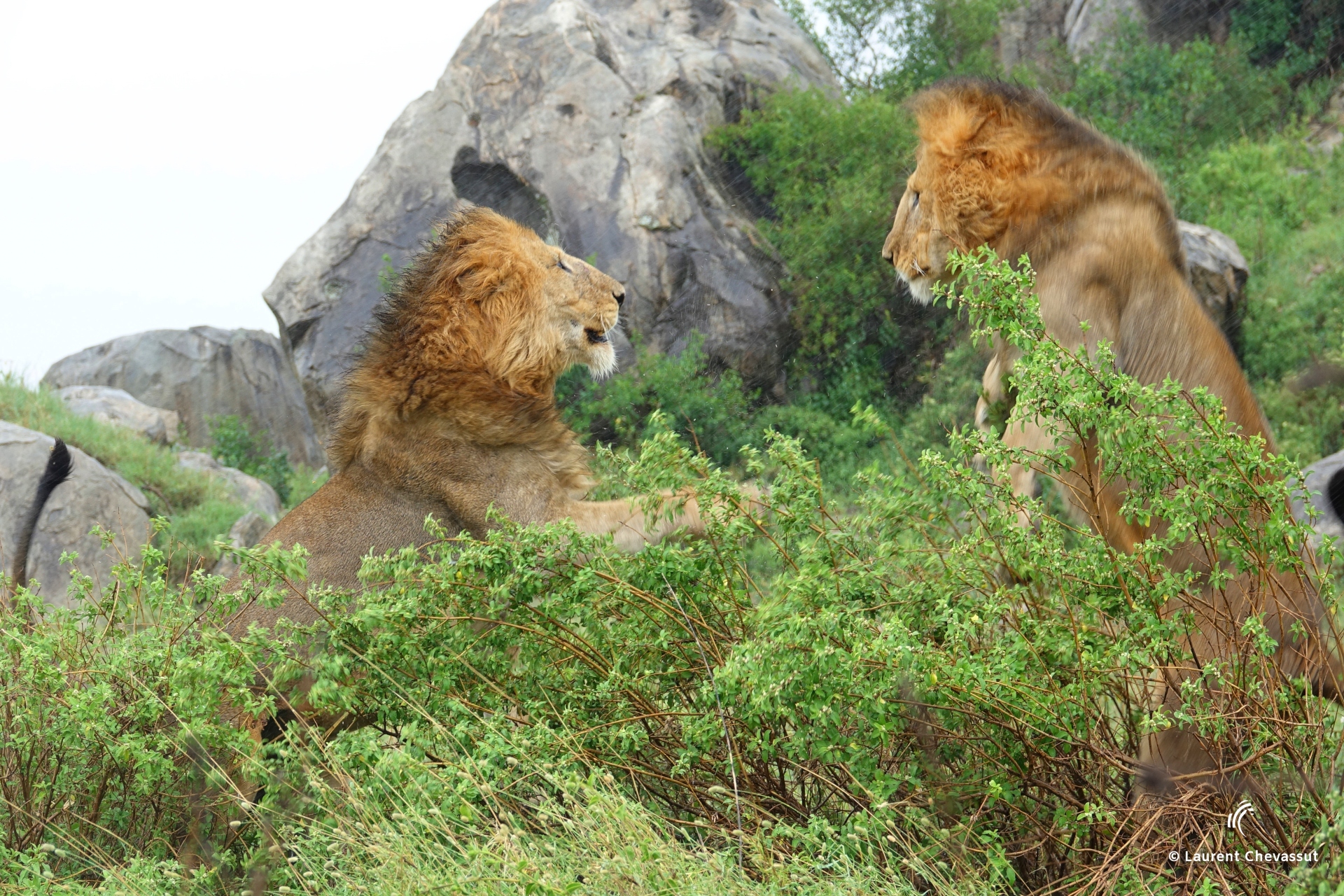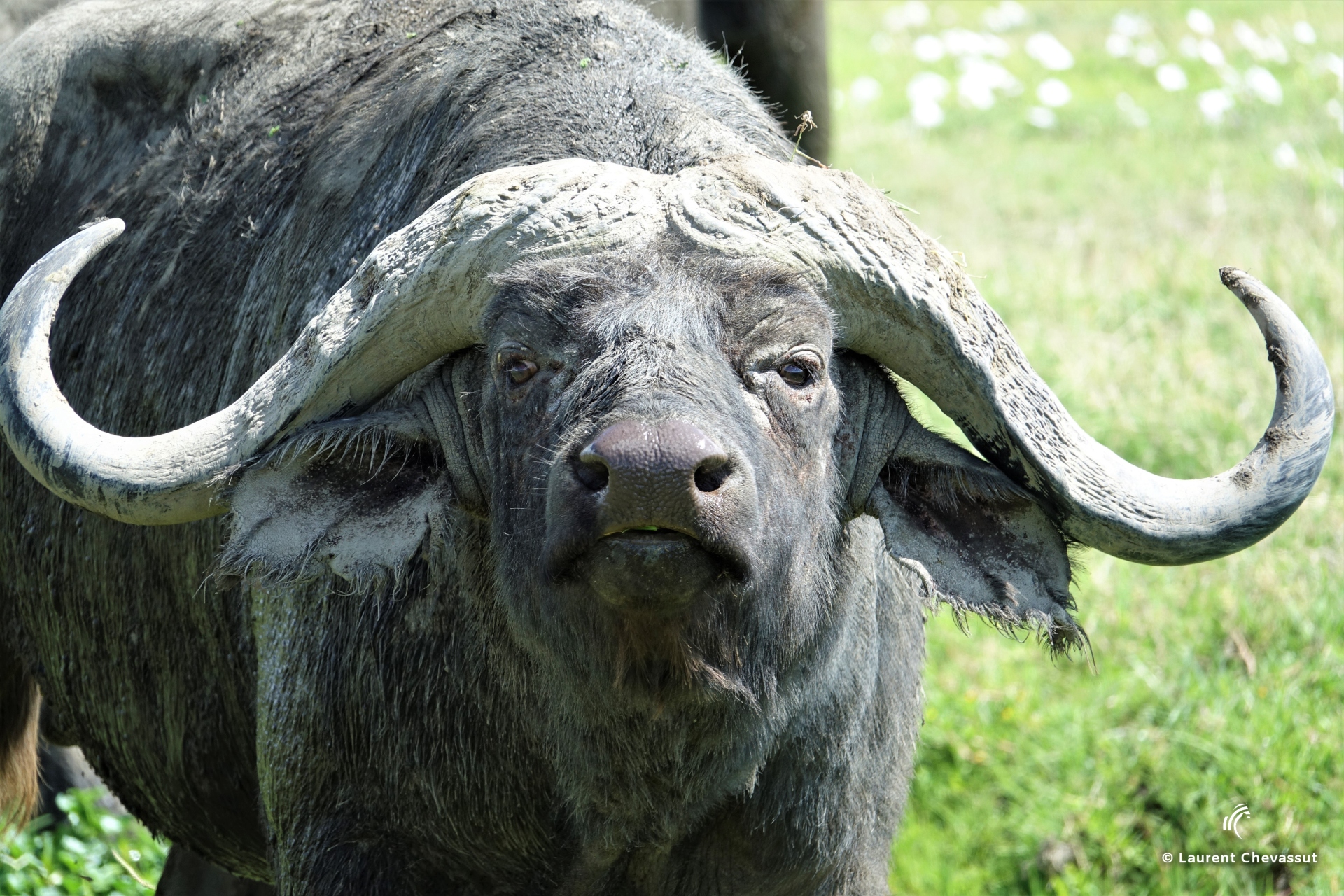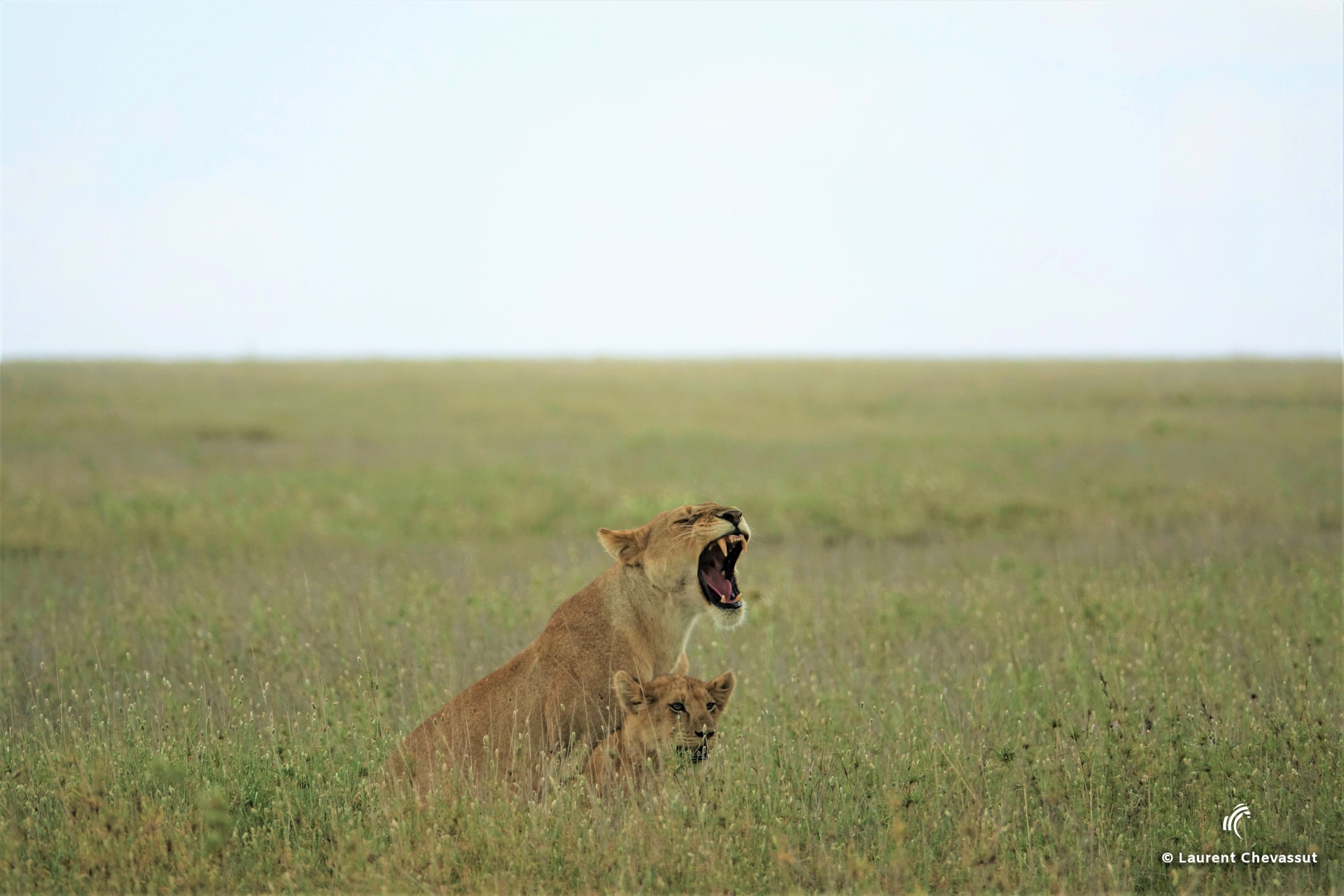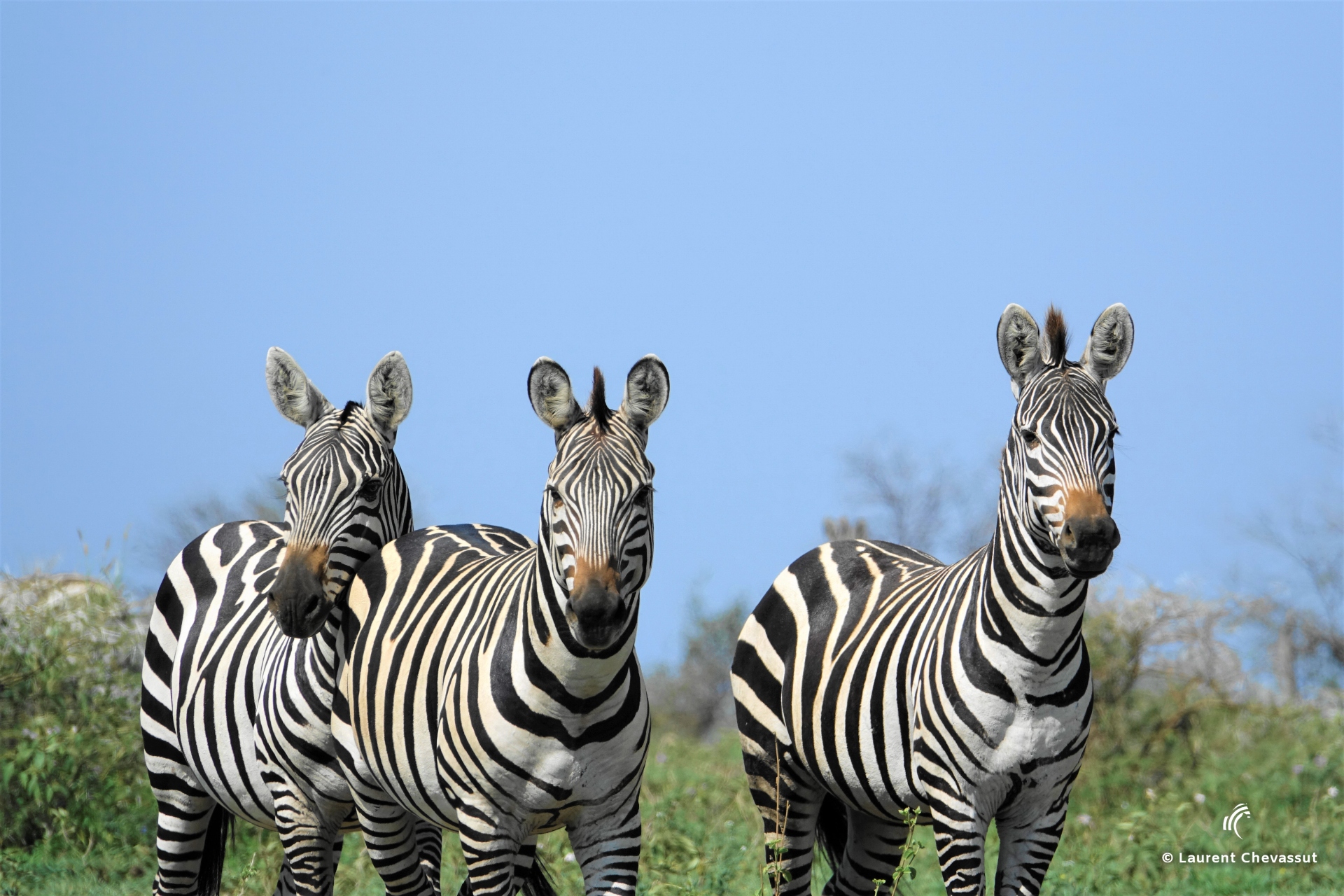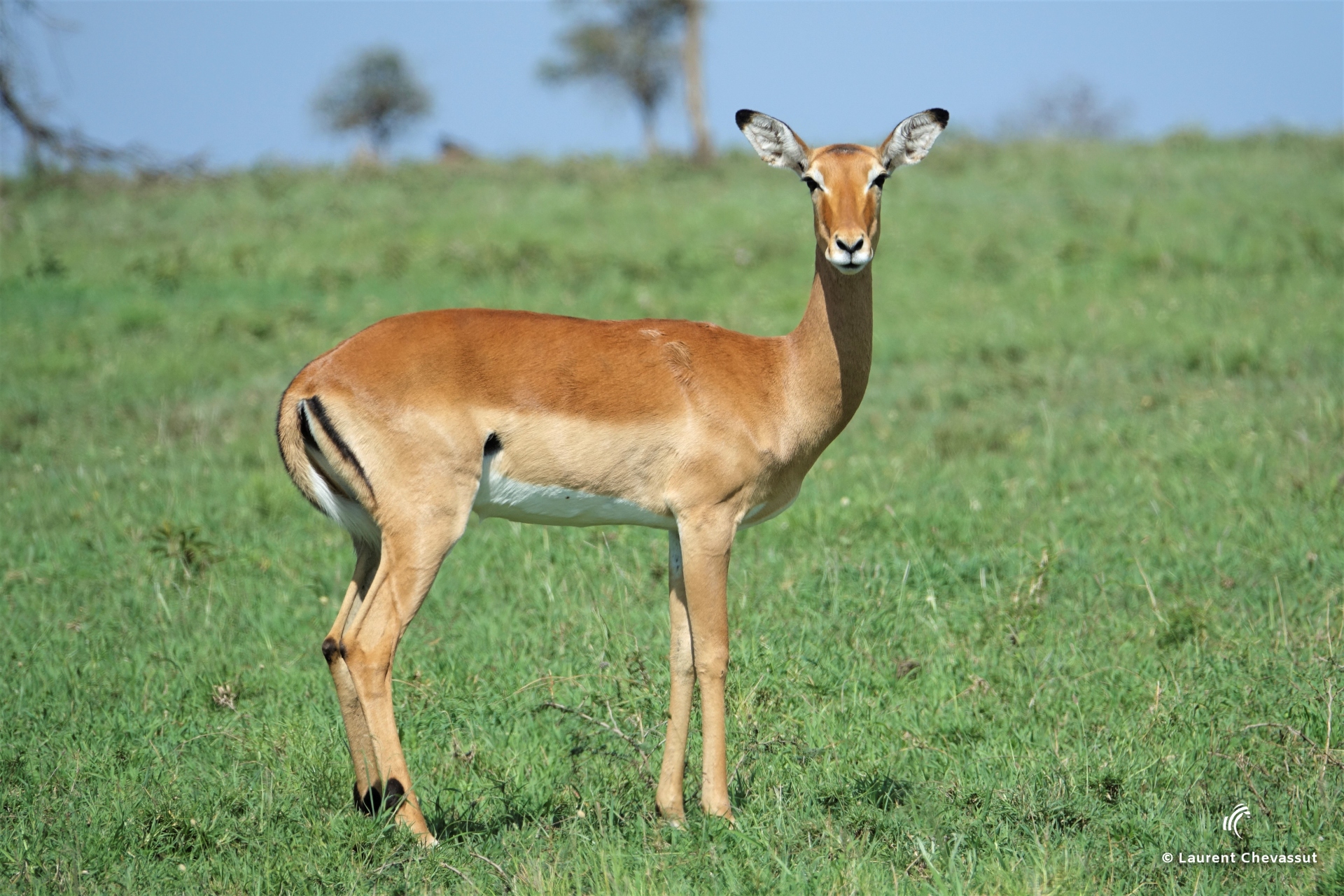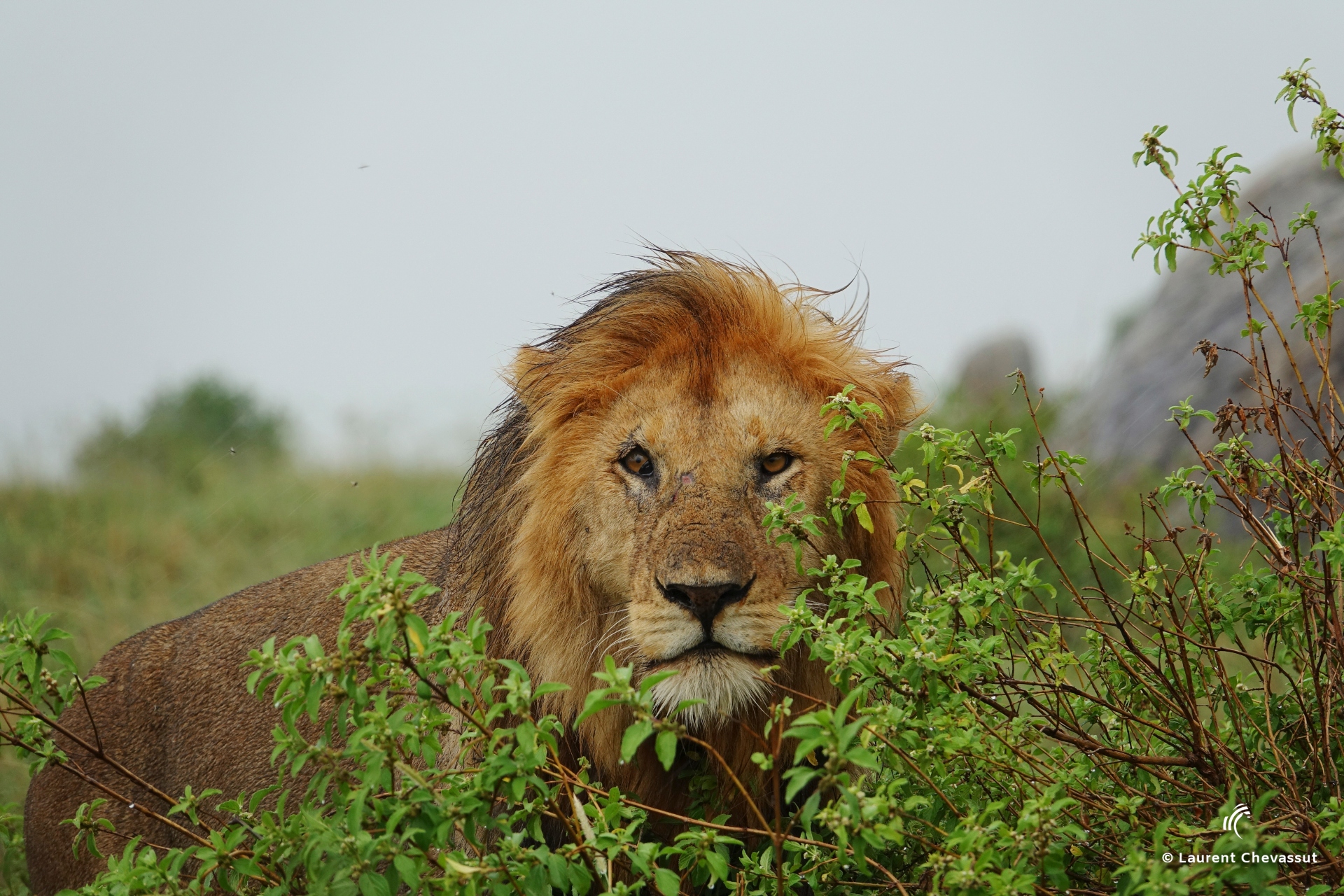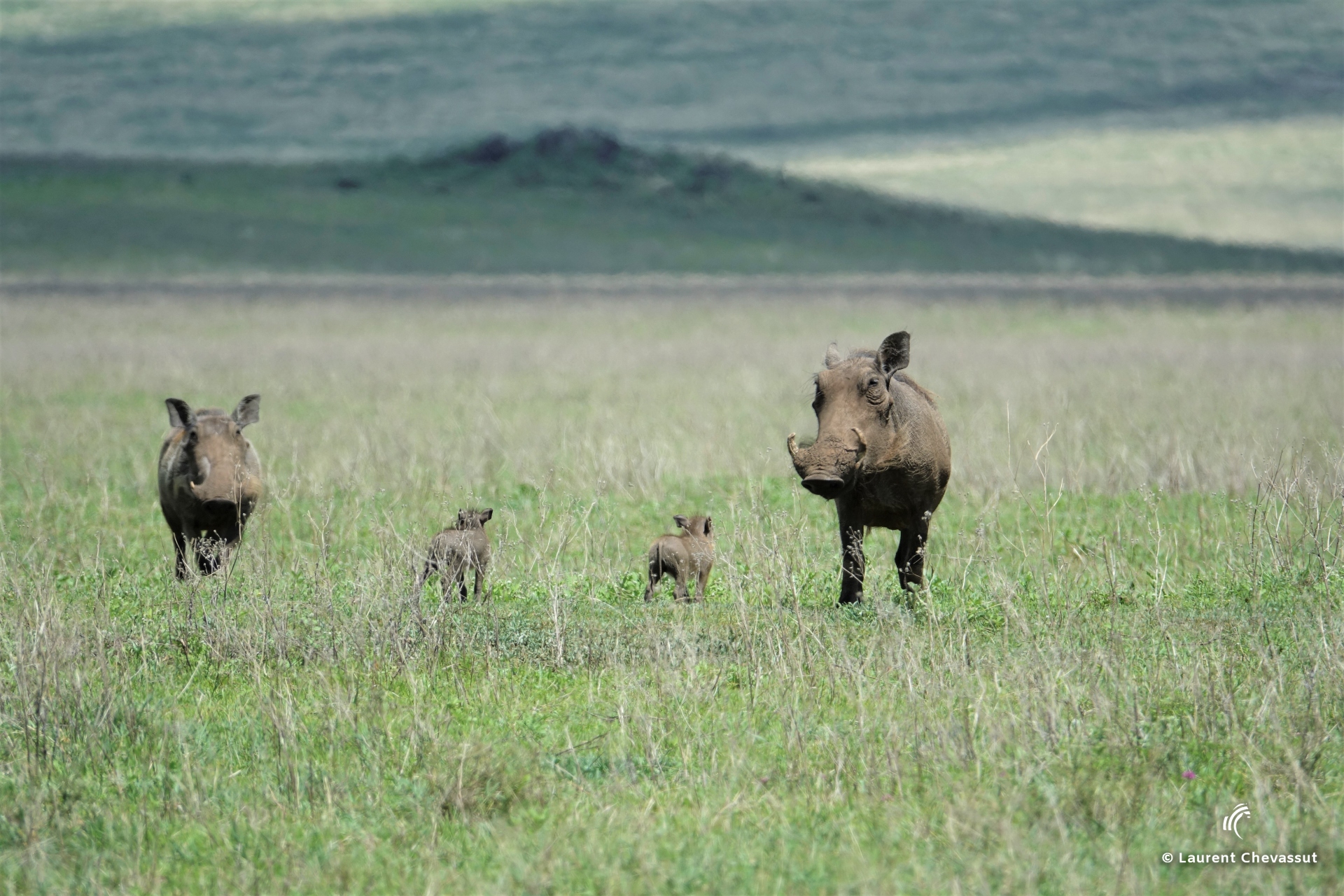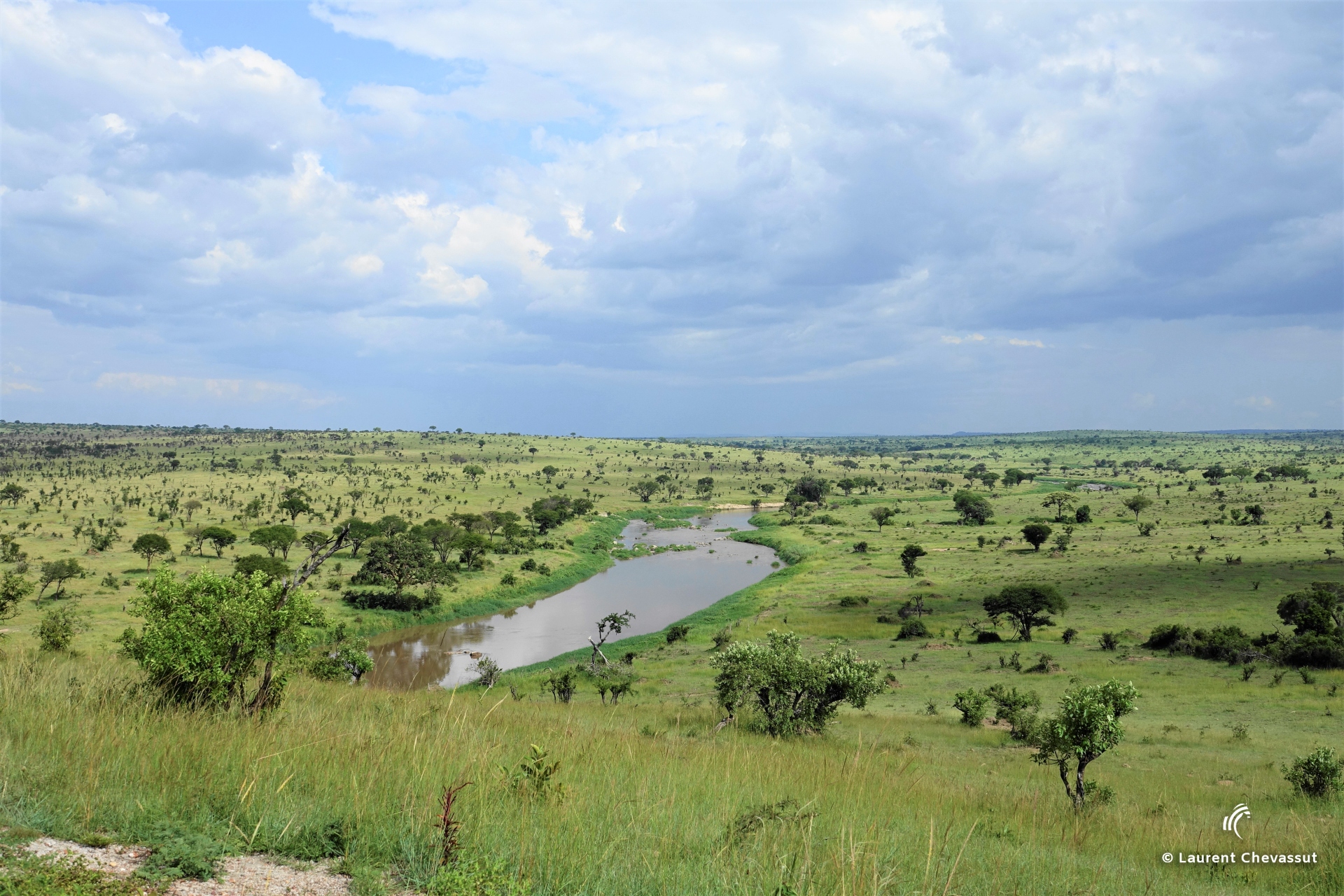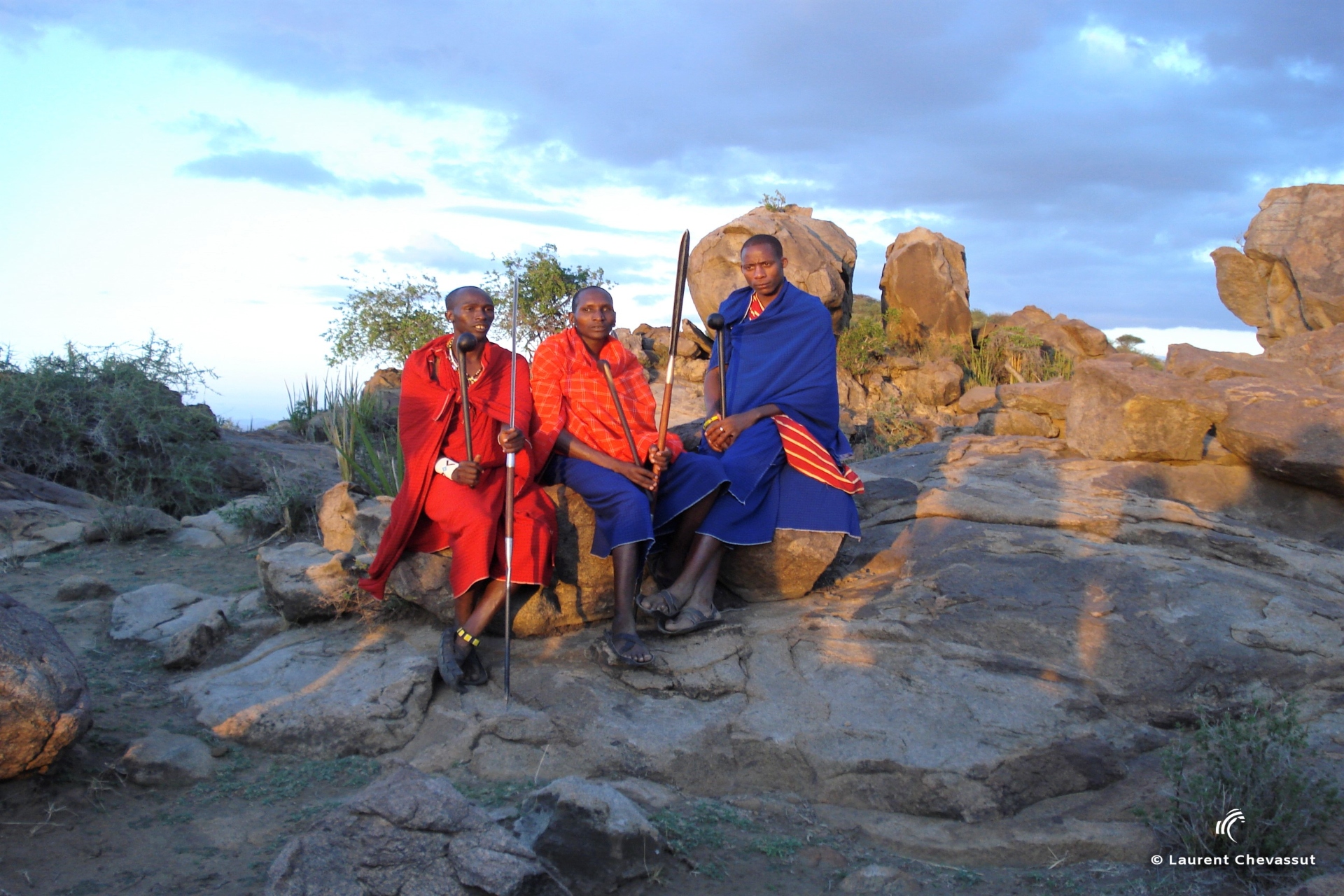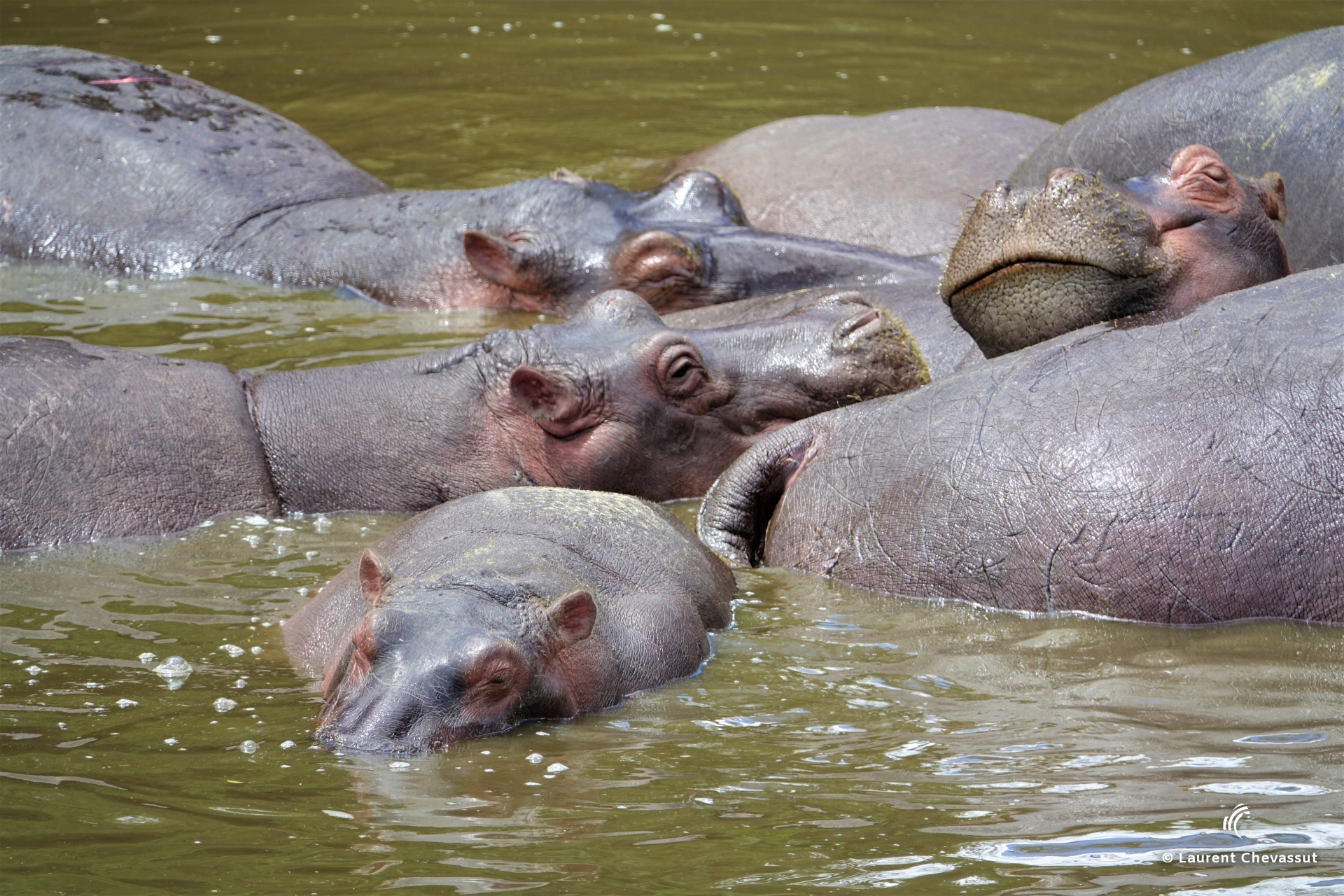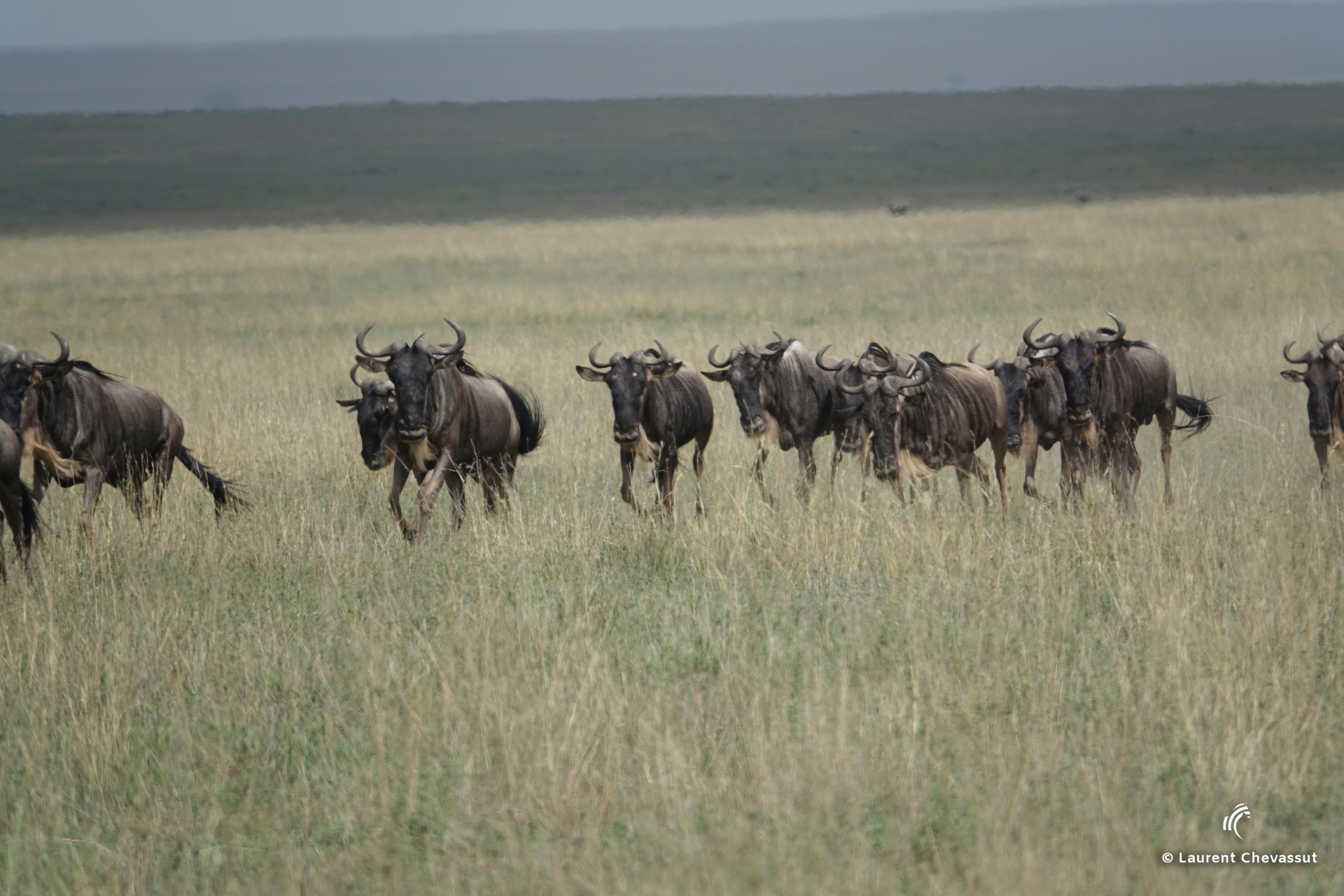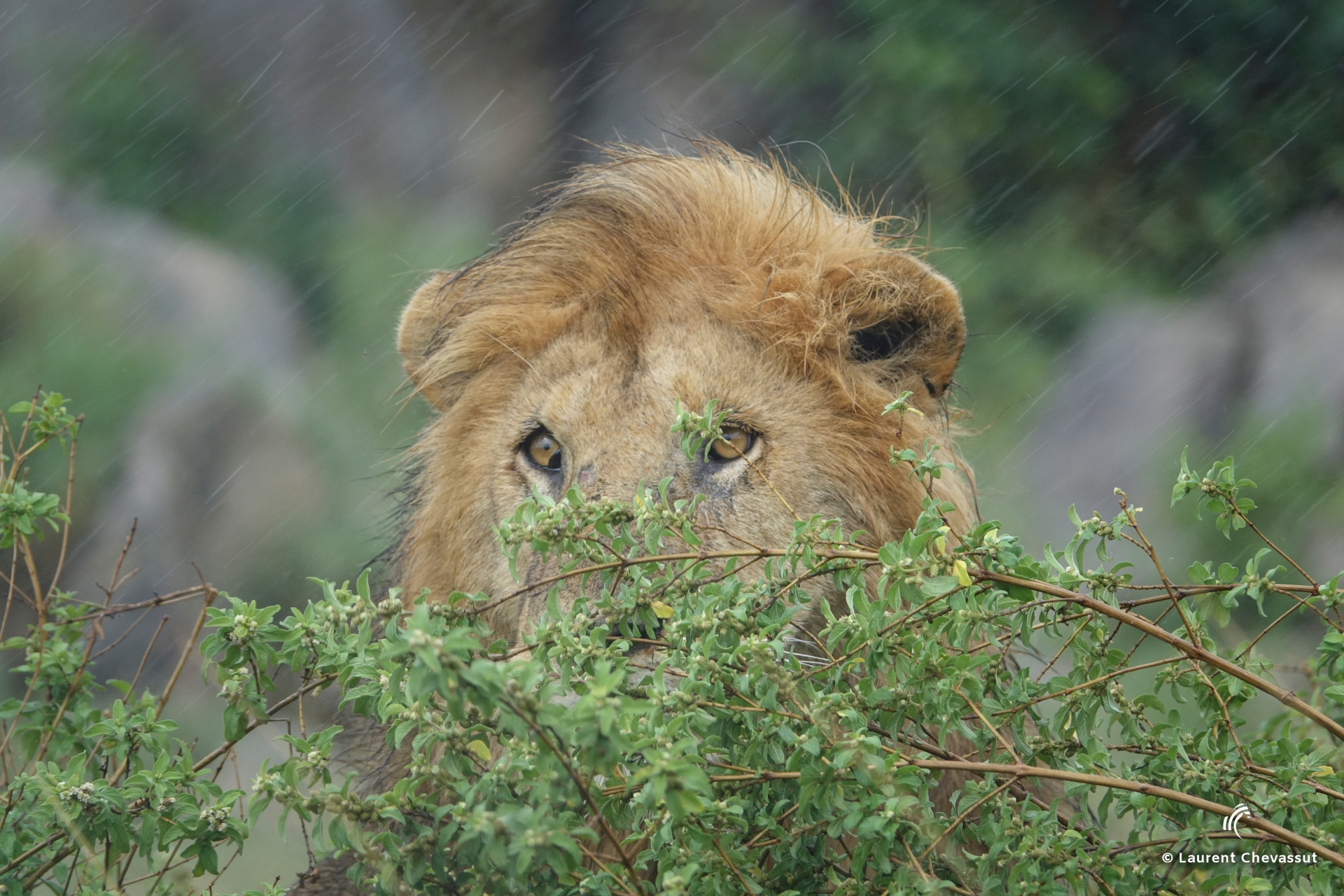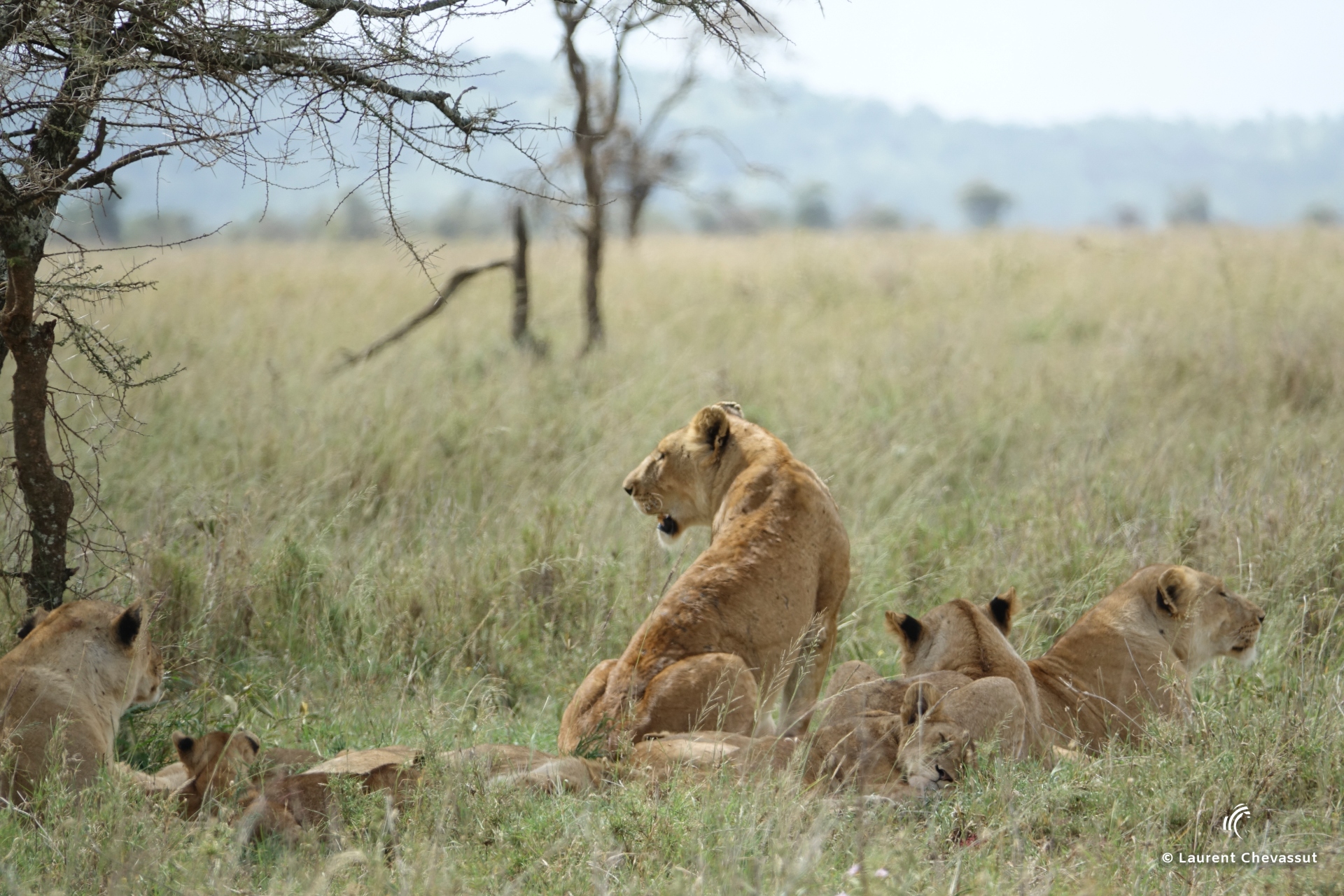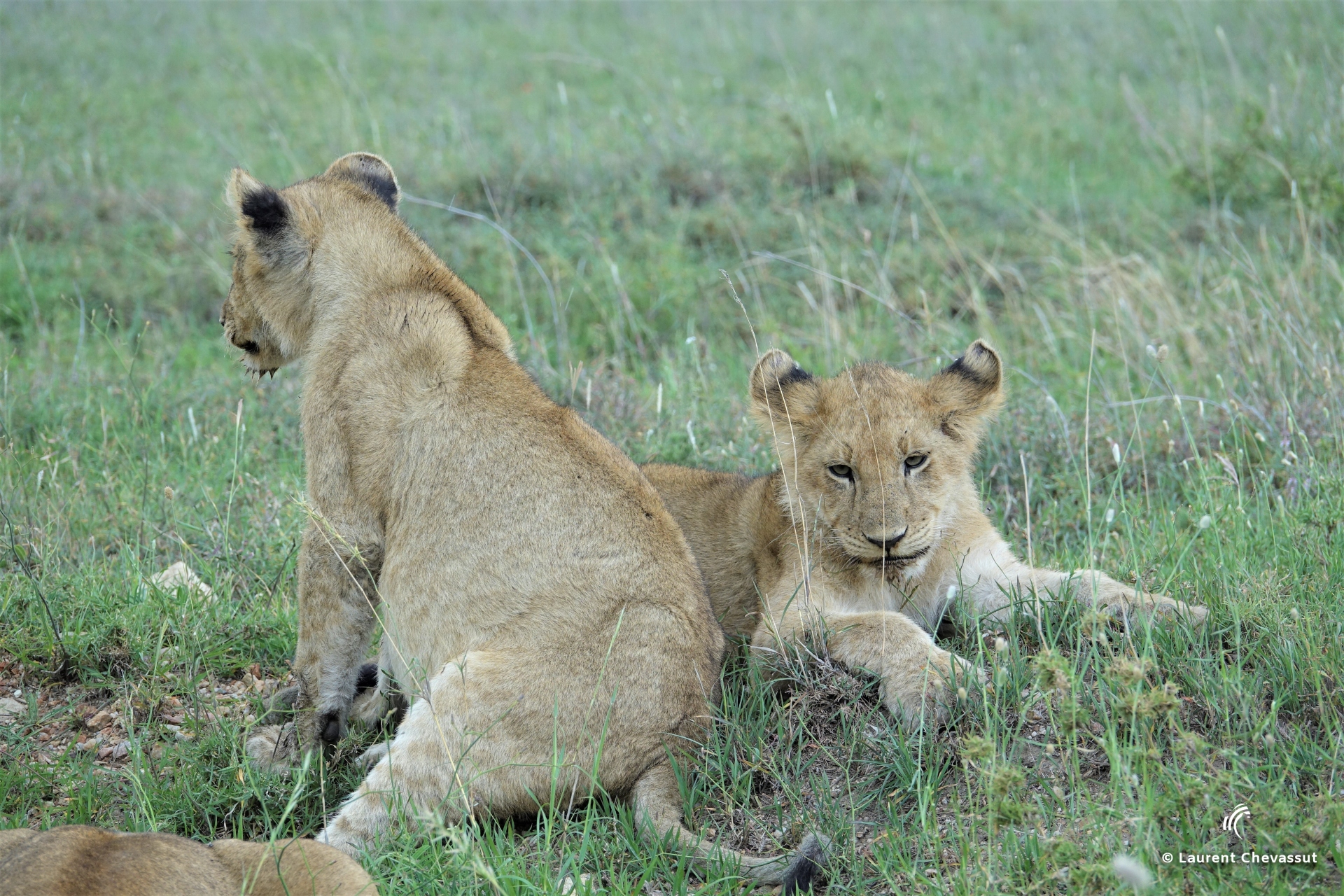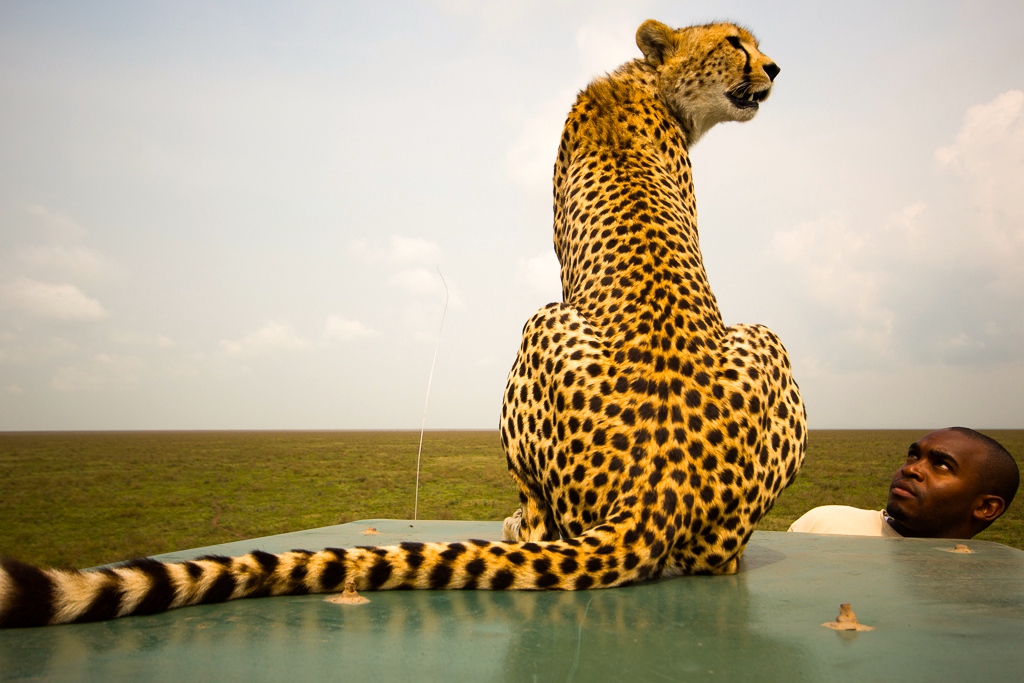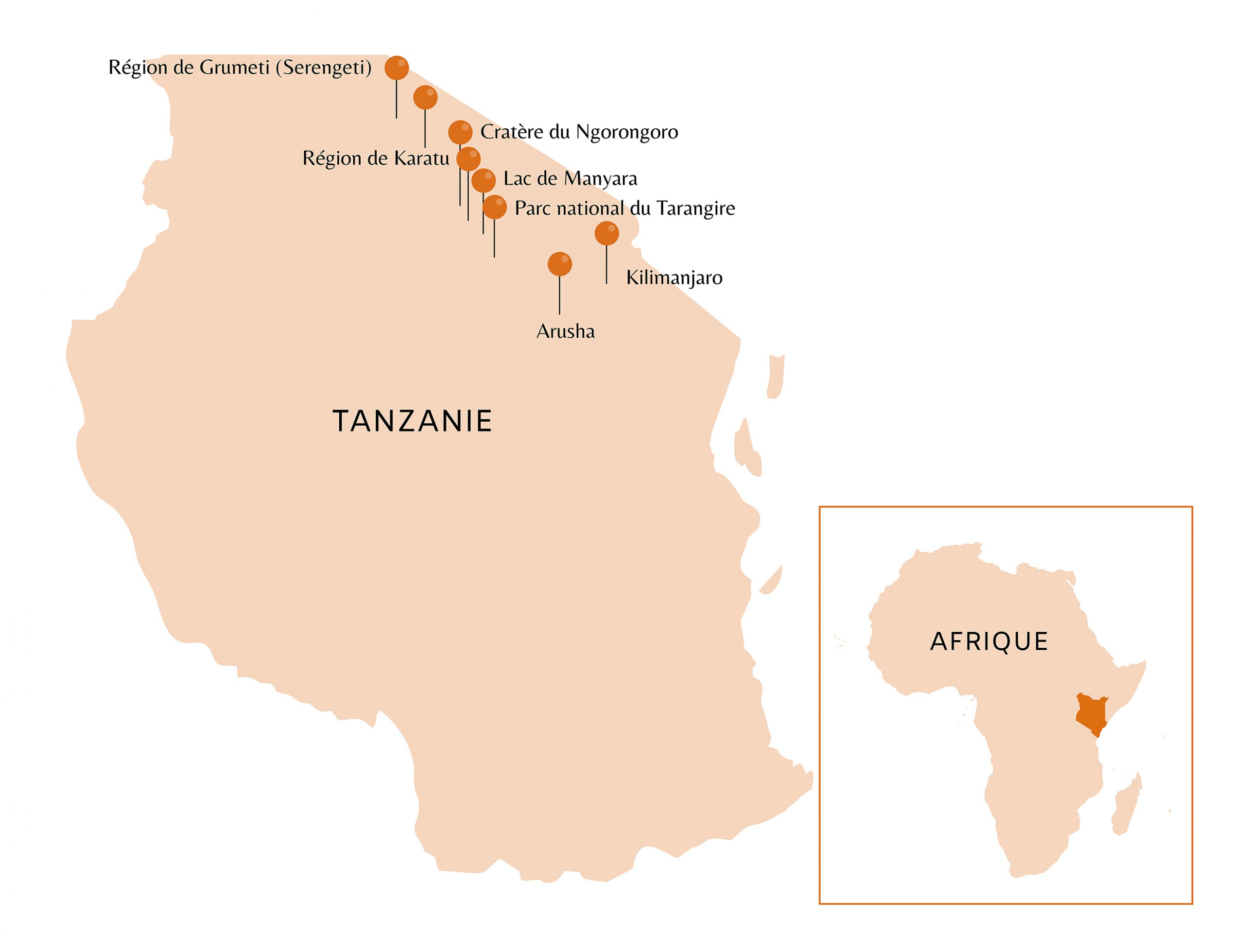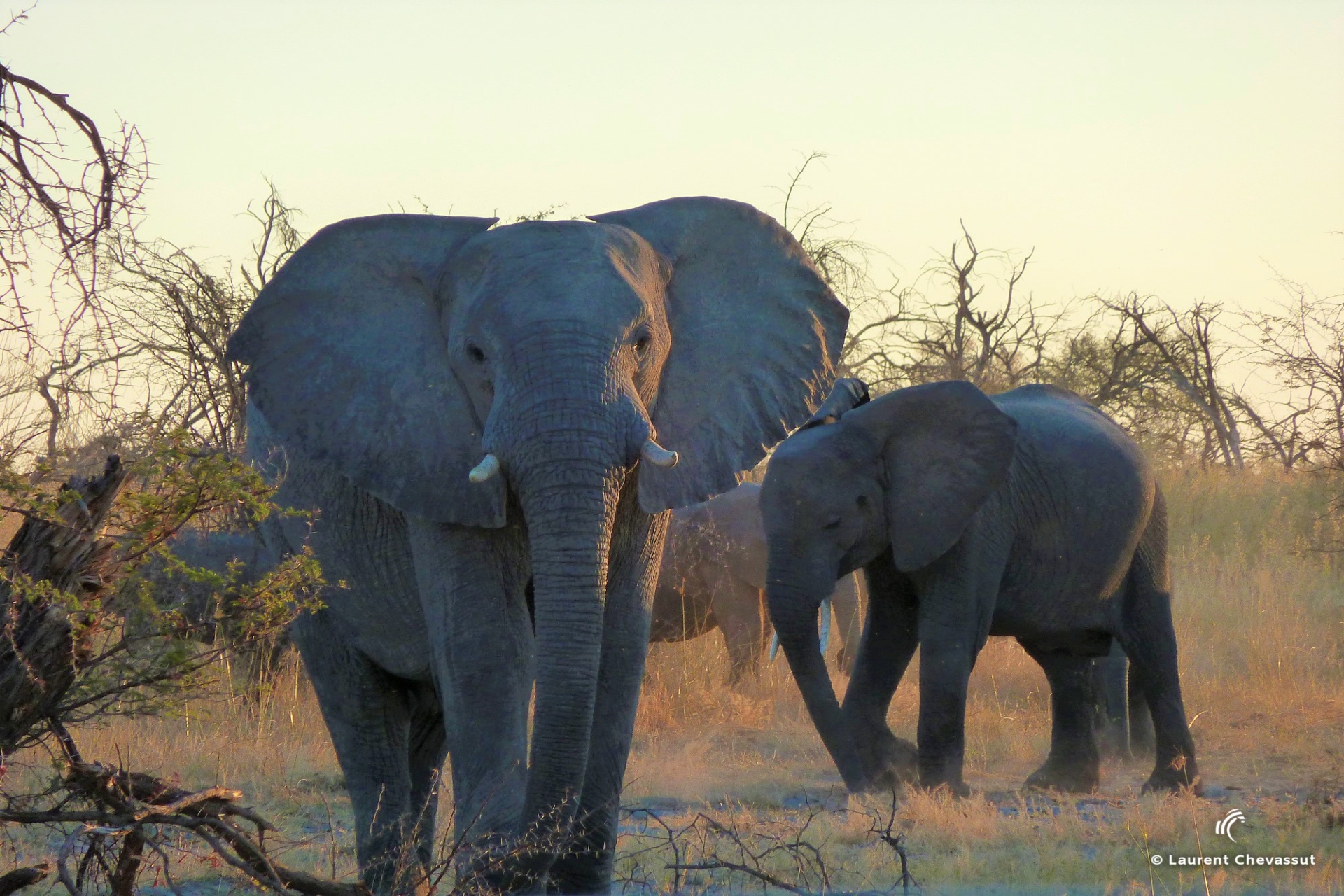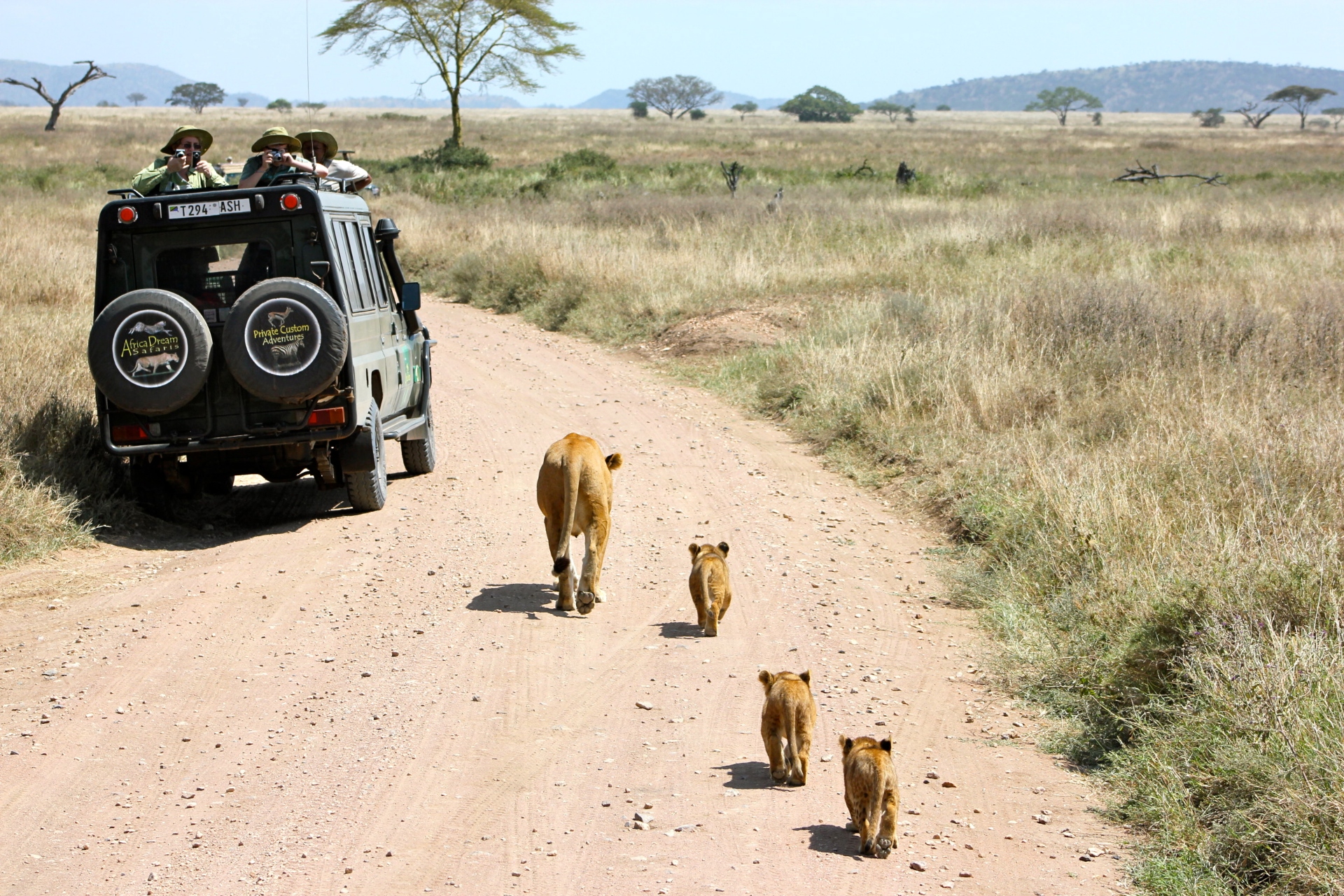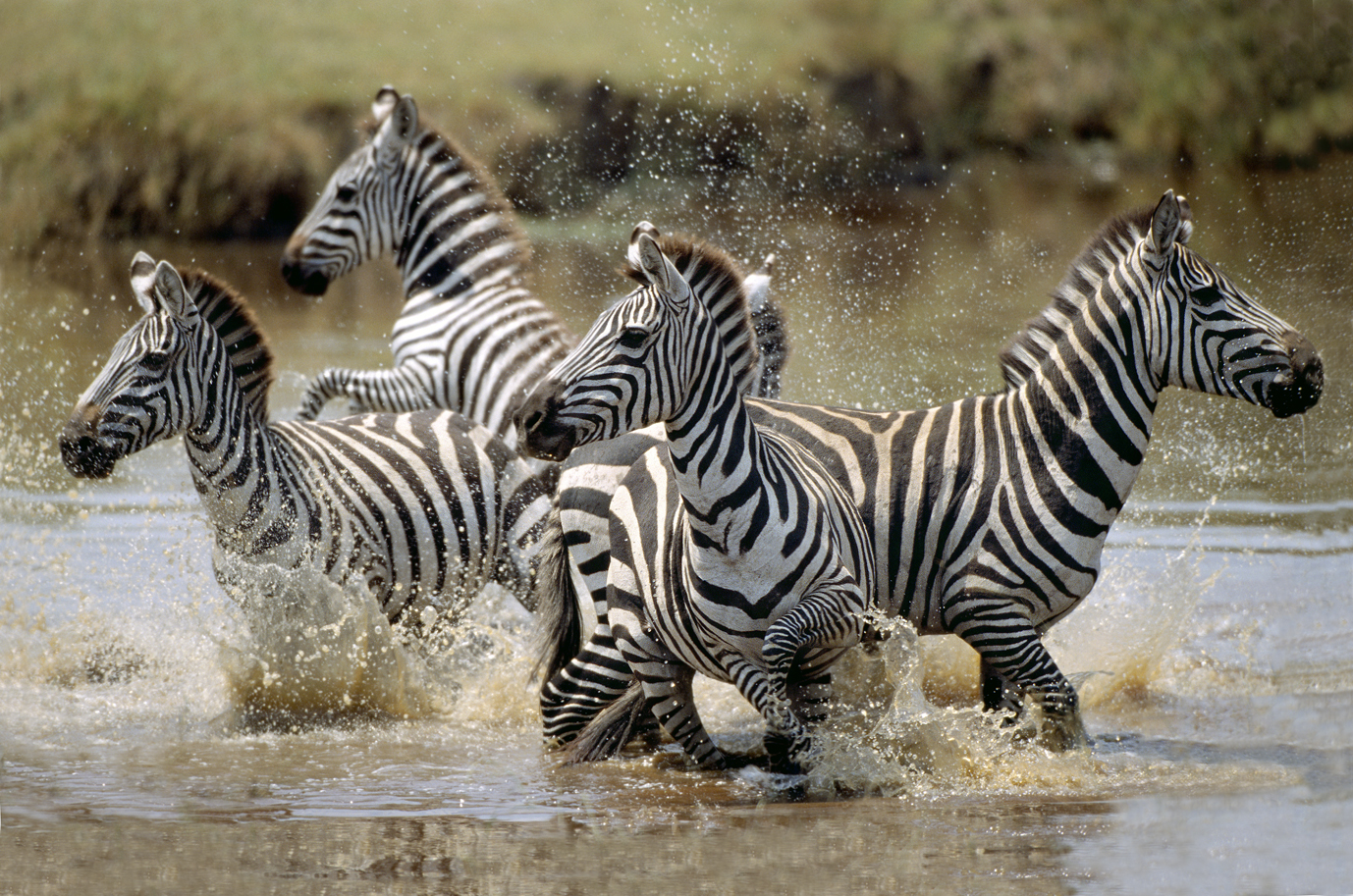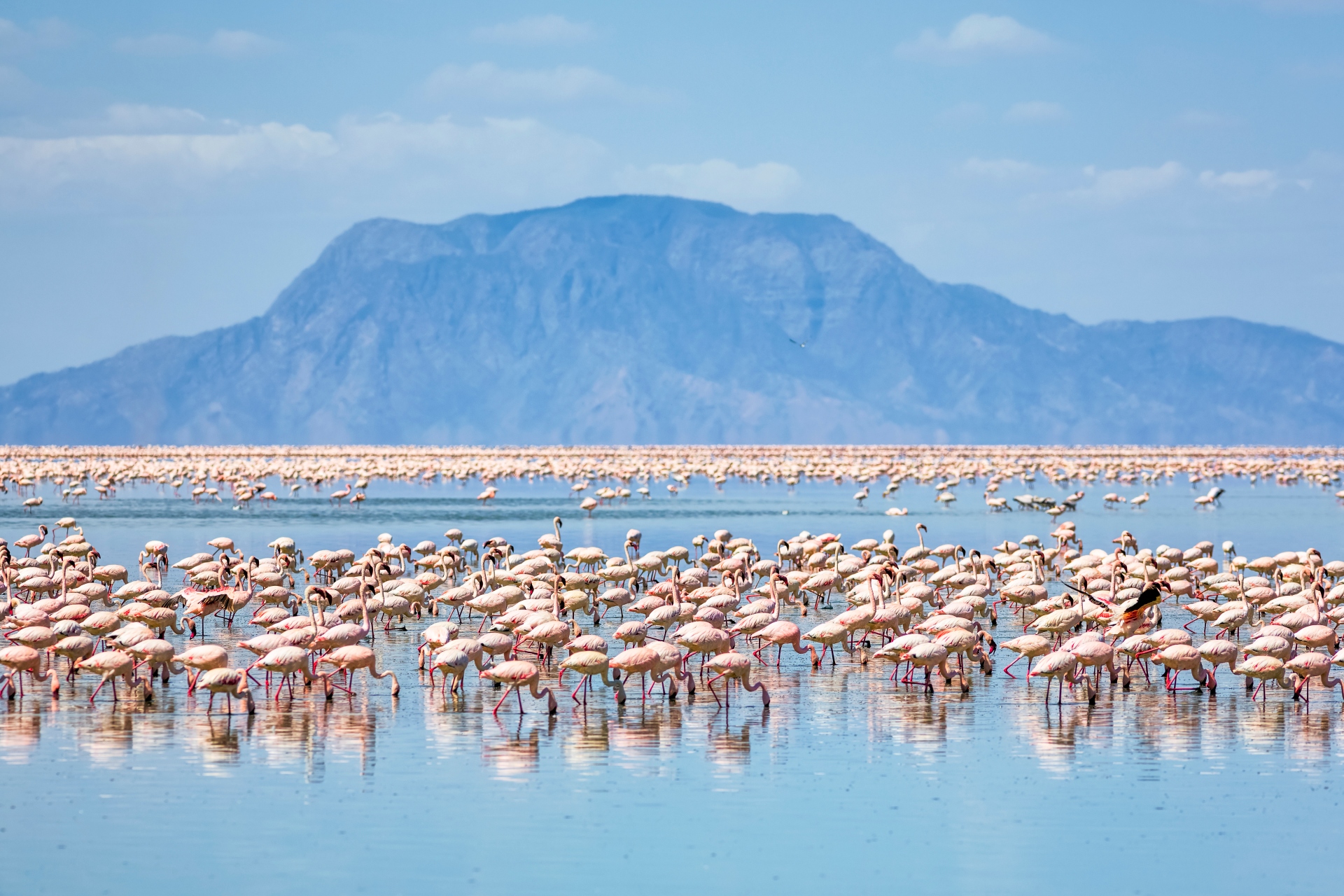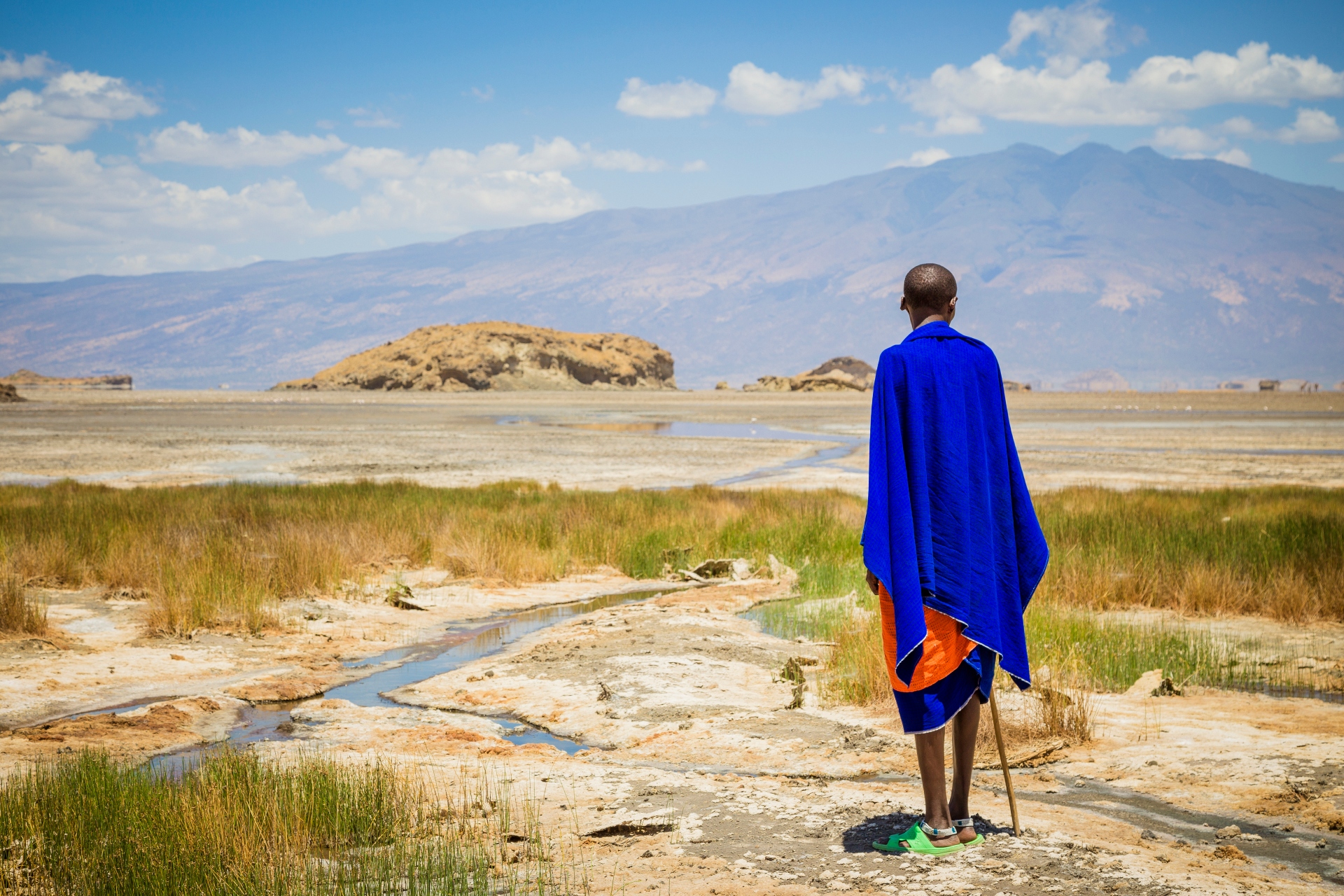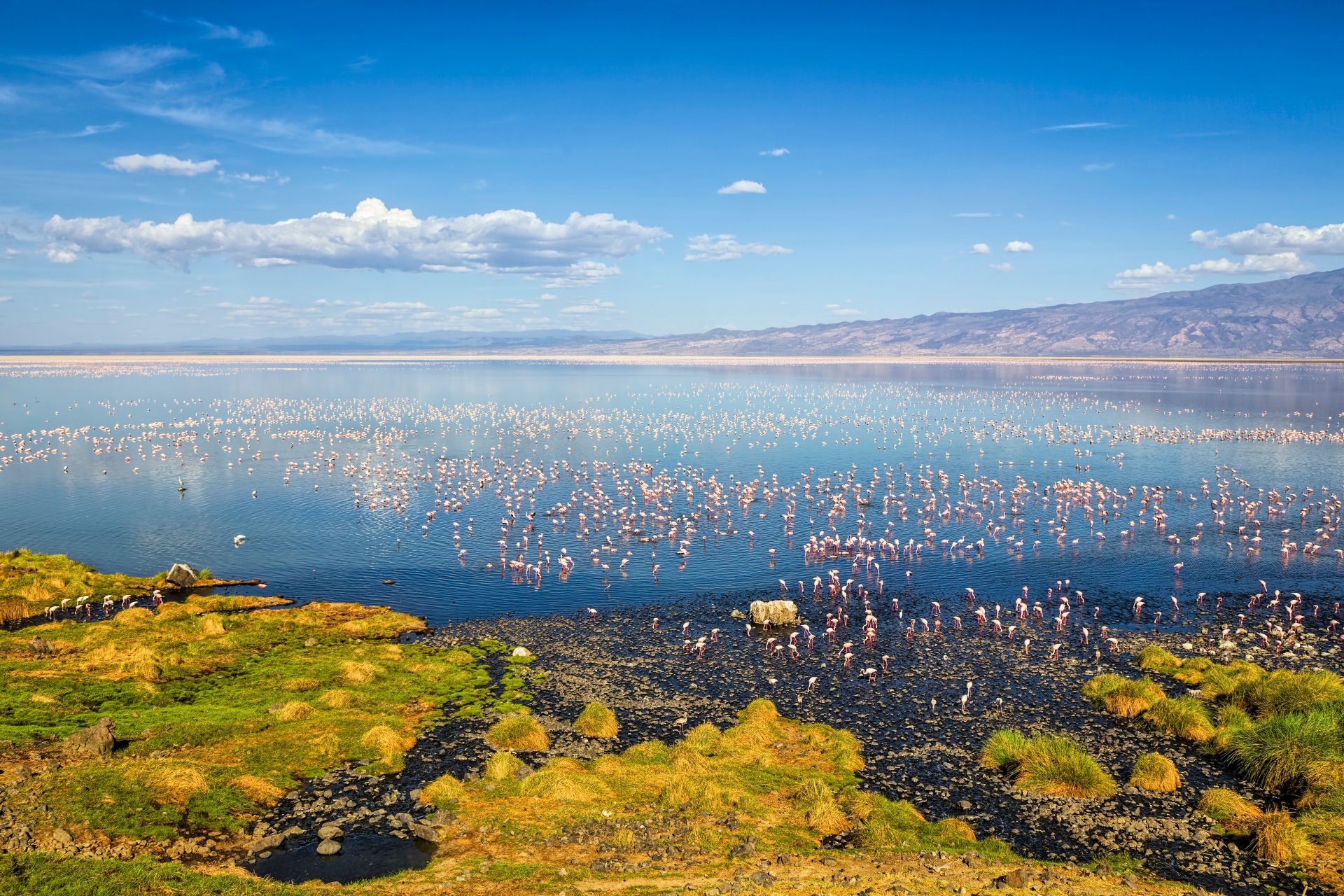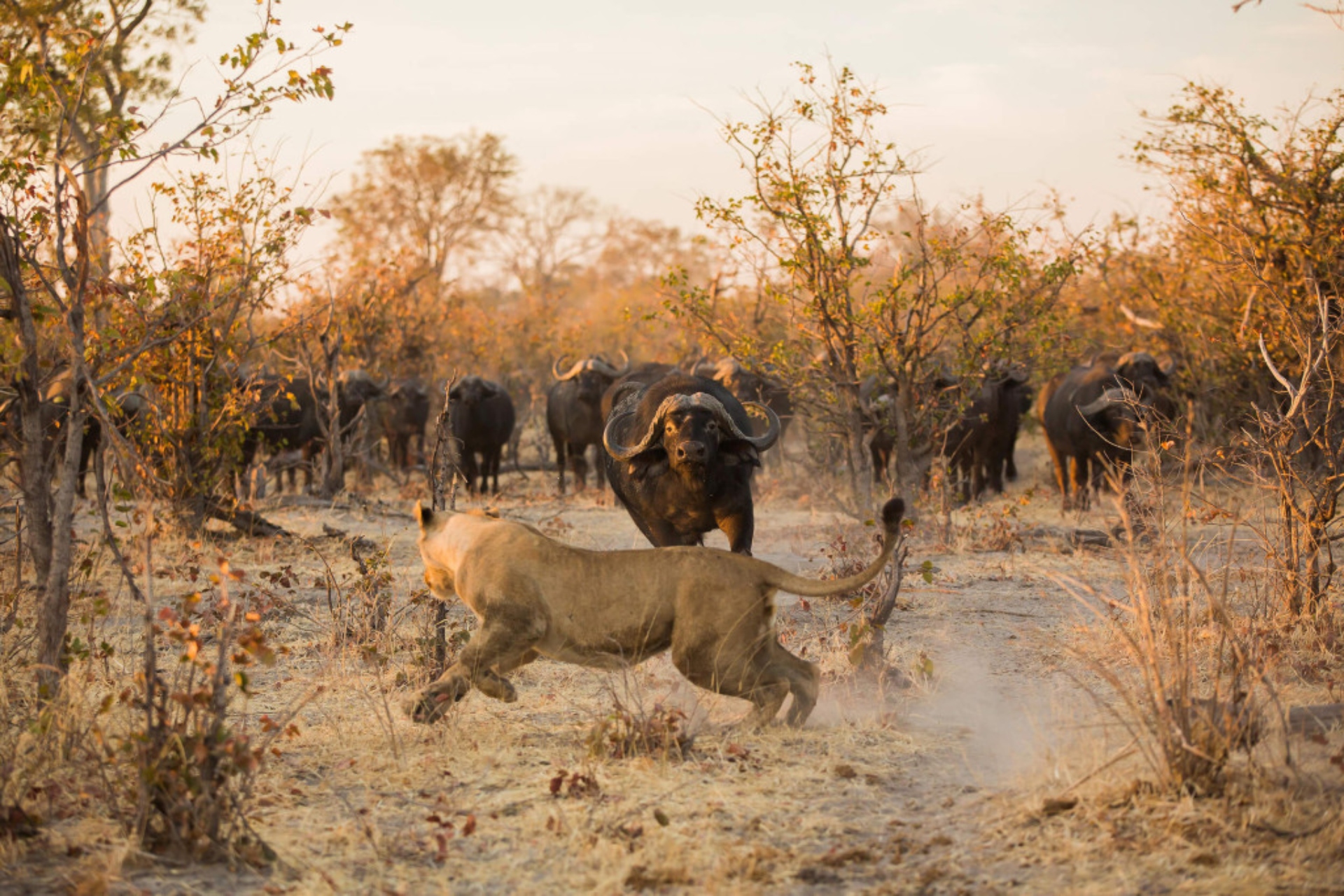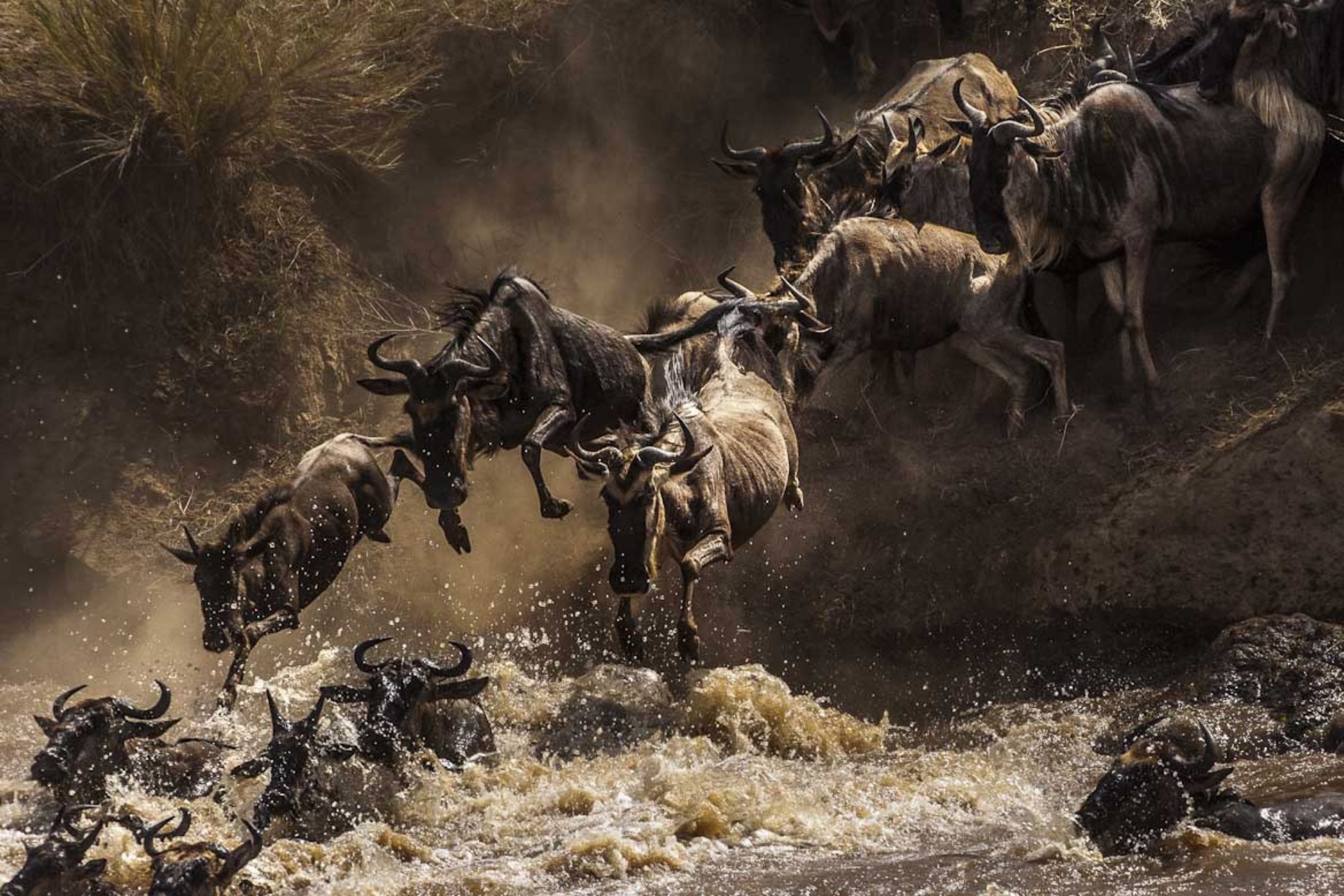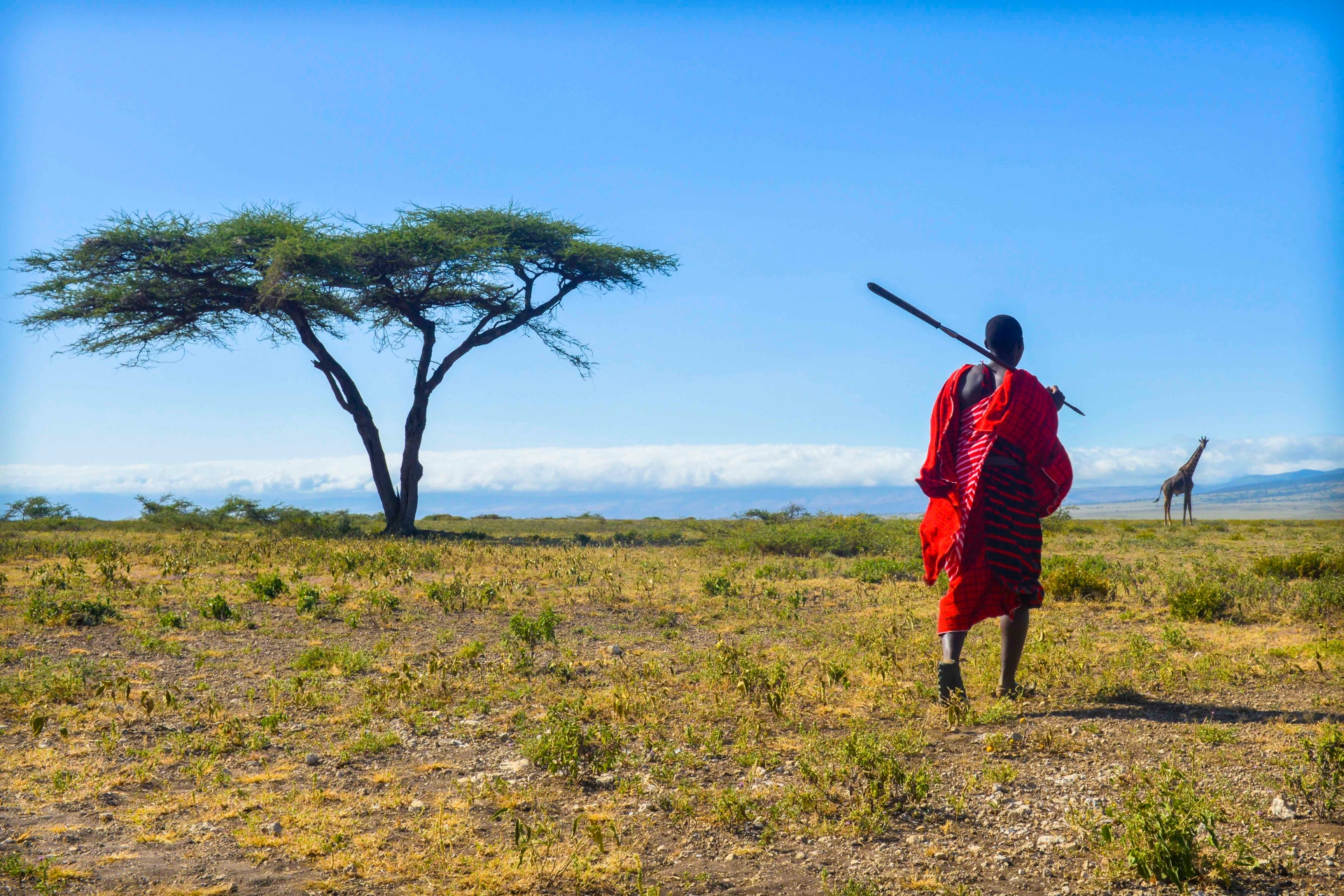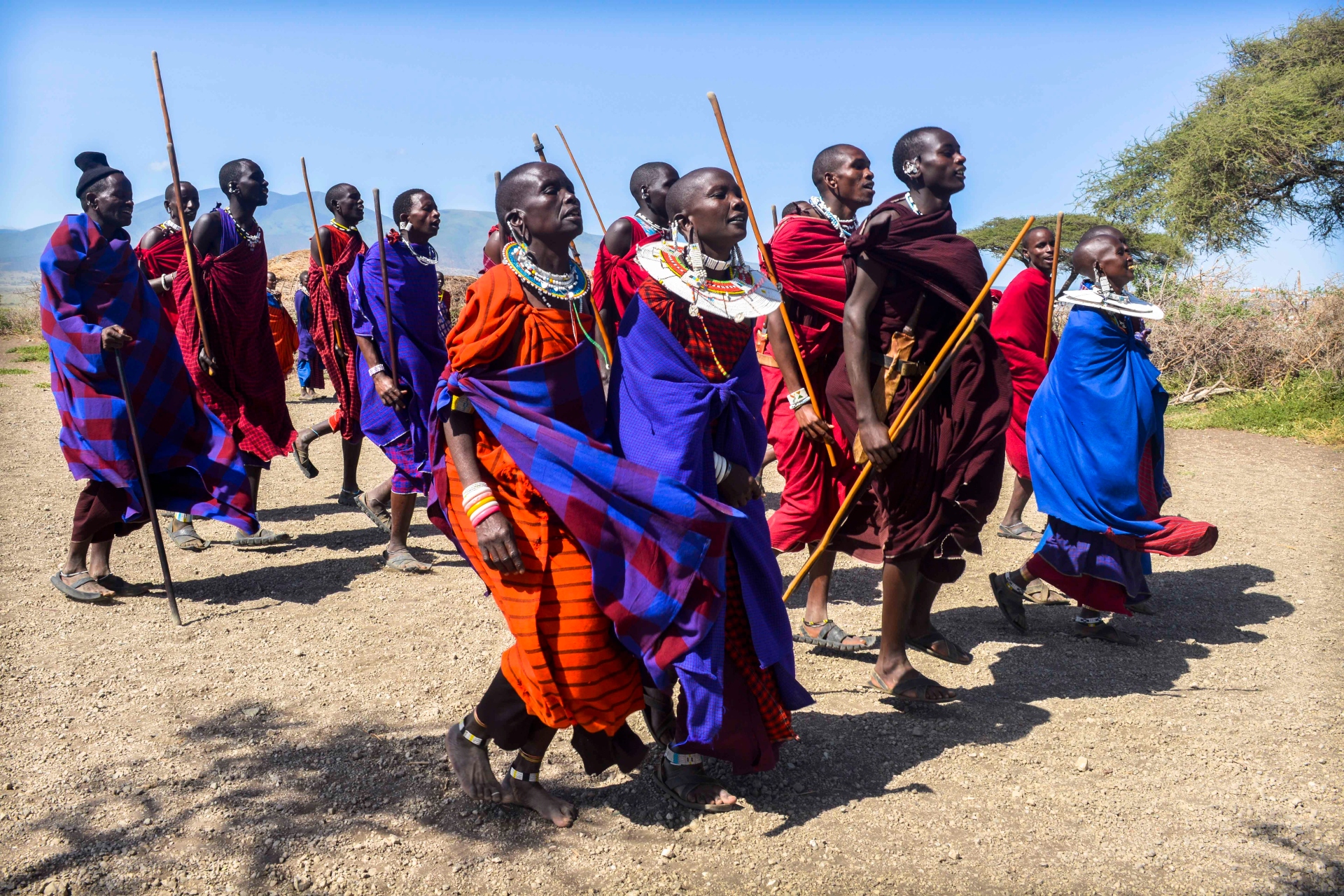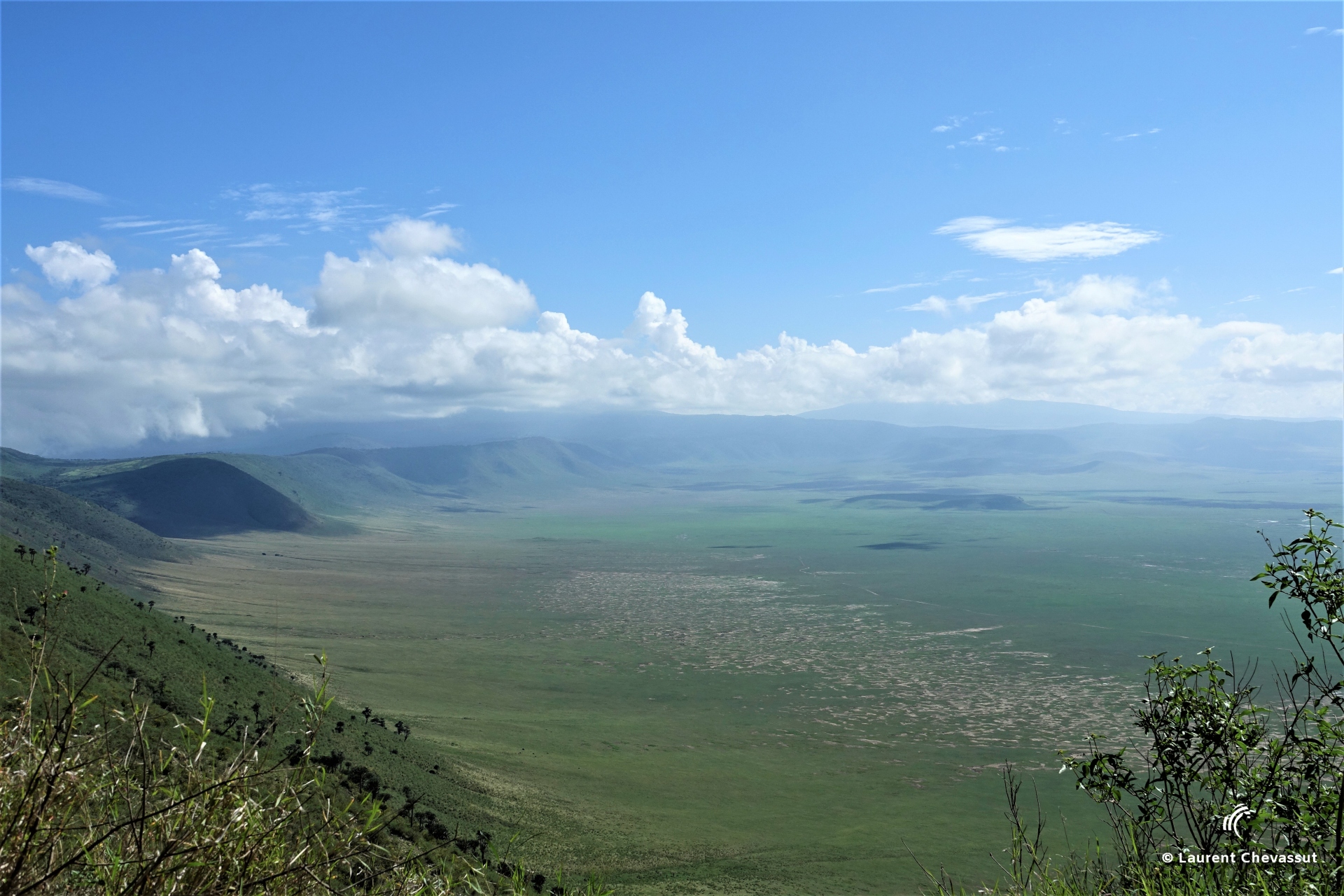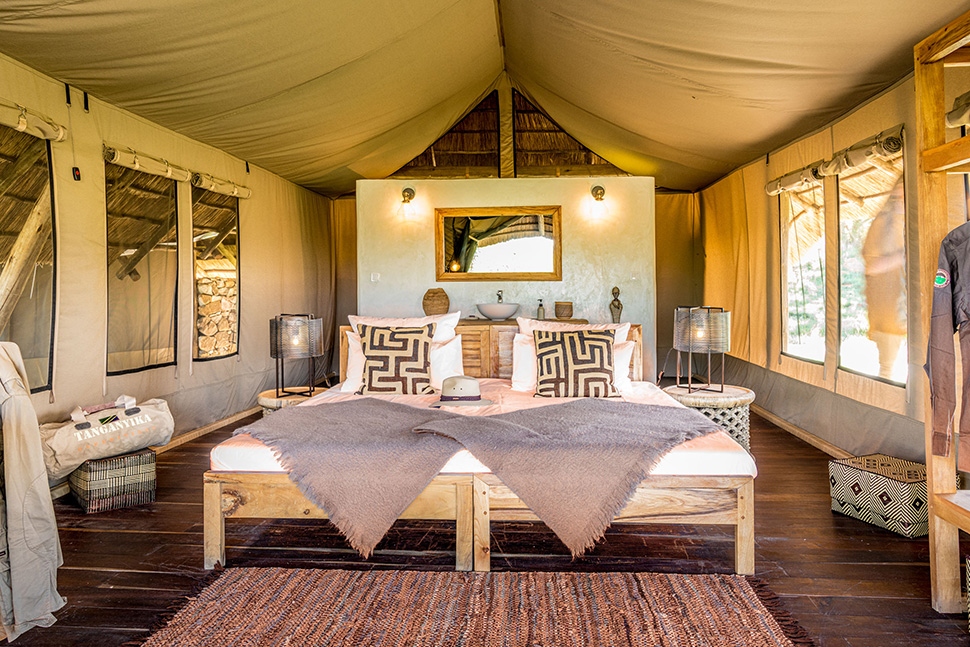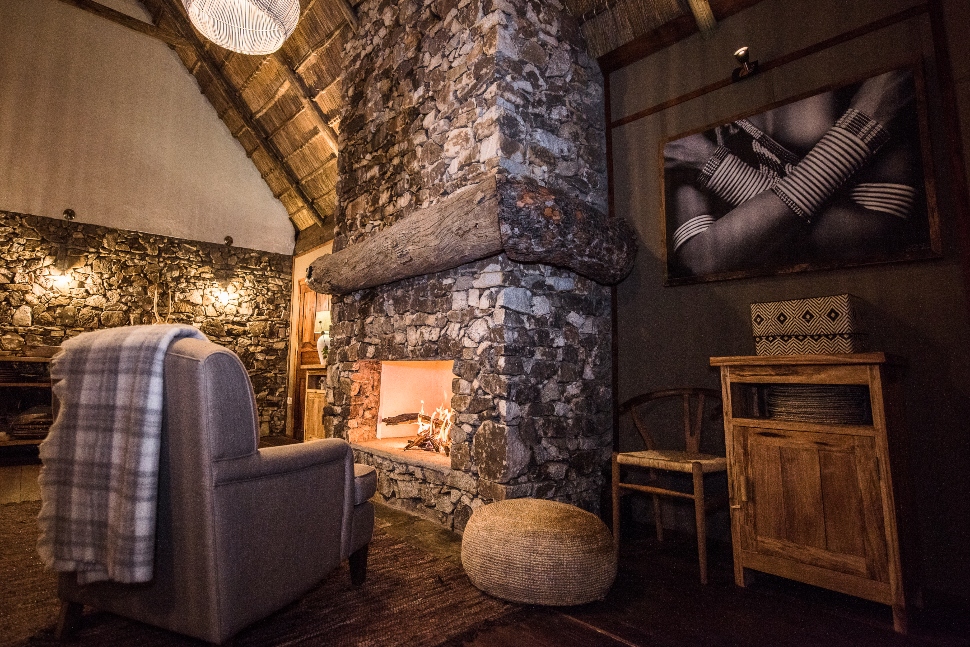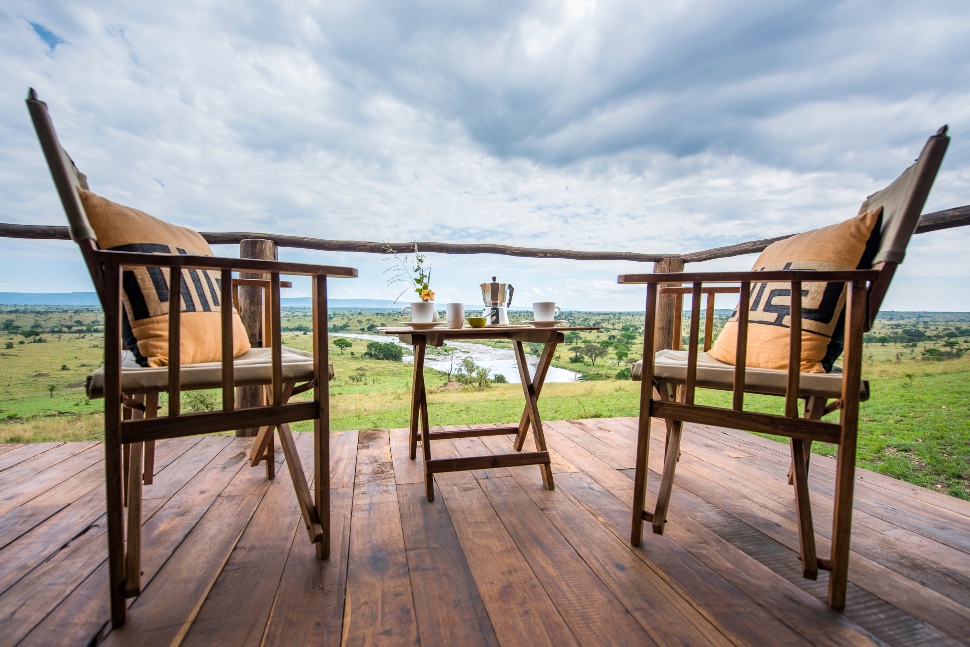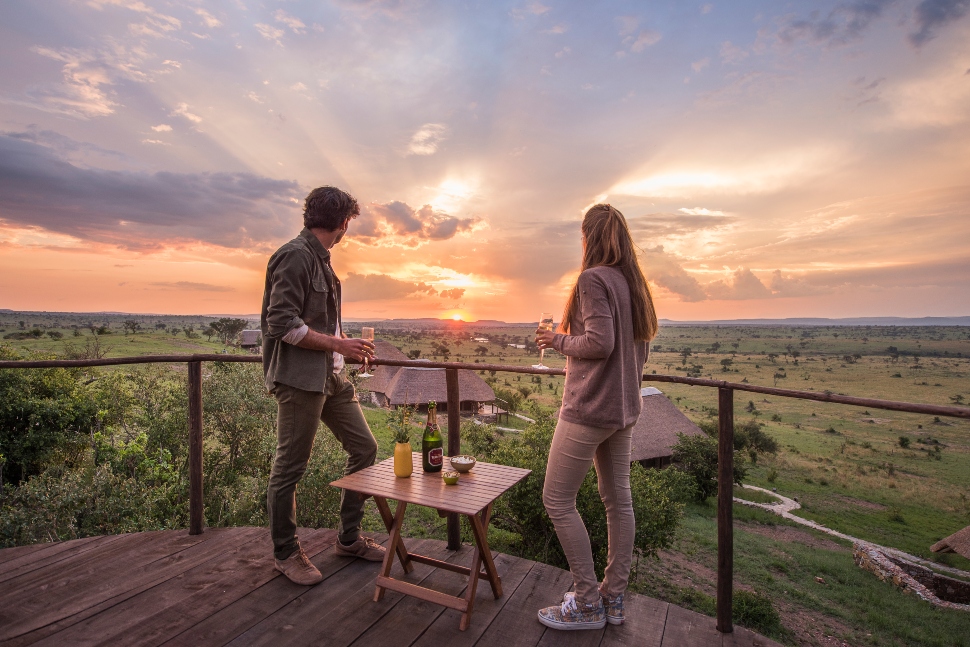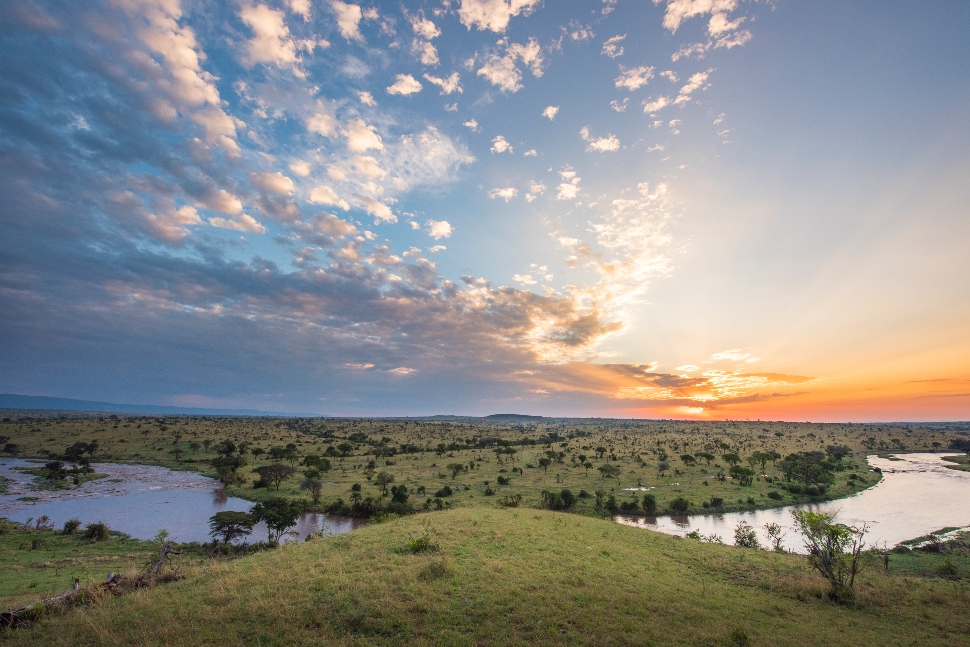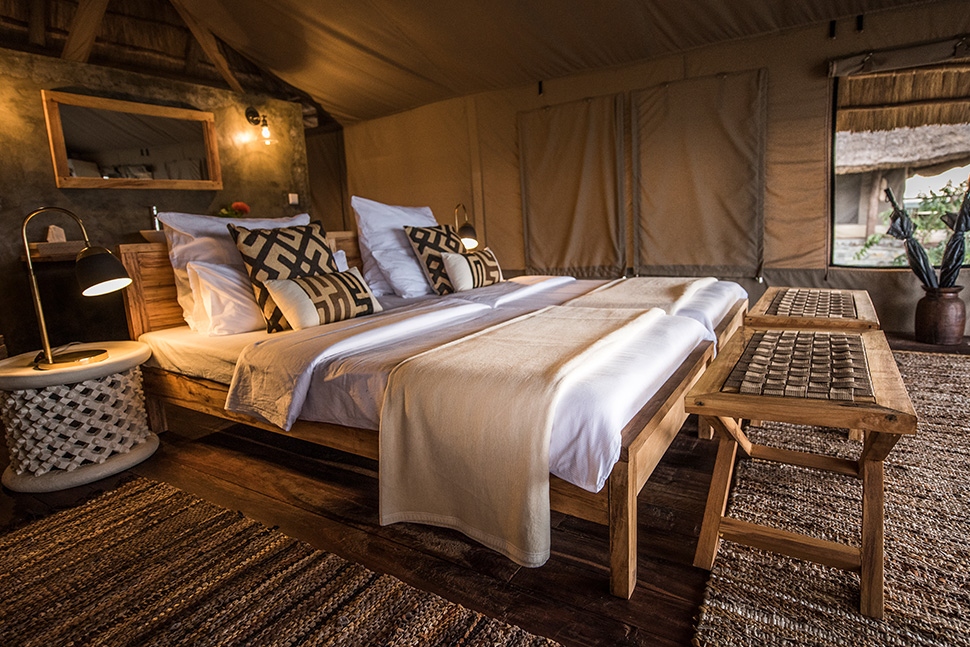The most beautiful African parks
Of all African destinations, Tanzania is one that makes a lasting impression.
Immortalized in the film Out Of Africa, it will bring you the serenity of the great plains in a soft and subtle atmosphere with the scents of Africa.
The abundance of wildlife will allow you to observe extraordinary wild animals at close quarters.
Tanzania guarantees you strong emotions and promises you unforgettable memories…
Good to know :
Ideal destination for family safaris! Tanzania is one of the few safari destinations that offers accommodation suitable for families of 4 or 5 people, with connecting tents or family rooms.
On the other hand, some fairly long journeys between parks on bumpy roads can make the trip tiring.
Nevertheless, Tanzania allows a well-deserved rest with a few days’ beach extension in Zanzibar, accessible to all budgets.
When to leave :
The country can be visited all year round, with a rainy season from November to April.
The dry season makes it easier to observe the animals, which concentrate on the water points, and the landscapes take on a beautiful blond colour thanks to the dry grass.
During the rainy season, the colours are much more contrasting and interesting, especially for experienced photographers. The taller grasses hide the wildlife a bit more but make Tanzania even wilder. The sunsets are breathtaking, the skies are filled with huge clouds that make you feel as if you are crushing the world and the evening lightning alone is an endless spectacle.
Our favourites
Tarangire National Park
Originally a hunting area, this park was only established in 1970. Today it is considered one of the most beautiful wildlife refuges in the country.
It covers an area of 2600 Km², is situated at an altitude of 1100 metres and is named after the Tarangire River, which runs through the entire length of the park from south to north. The plant cover is largely dominated by real fields of baobabs, martyred by the other colossus of the park: the elephant, whose groups sometimes number several hundred heads.
With the exception of the Serengeti, it is the largest concentration of wildlife, a paradise for predators and one of the only places in Tanzania where you can see desert antelopes such as the majestic oryx, the strange long-necked gazelle (Gérénuk) or the small Koudou.
Season :
The most interesting season is from mid-July to mid-February, sometimes a little later if the rains are late…
Even when there are fewer animals in the park, the visit remains exciting : The landscapes of Tarangire (in the green season) are sublime and its resident fauna can reserve beautiful surprises.
Lake Natron
If you wish to discover a truly authentic Africa with spectacular scenery and have time for your safari, the Lake Natron region is a small diversion that is a must.
Inhabited by Maasai and Bantu people, they have preserved their traditional and pastoral way of life and their habitat.
Lake Natron is earned after 4 hours of trails from Arusha. Very few travellers make the diversion, often because of the temperature which exceeds 45° and the aridity of its landscape which gives you a feeling of “end of the world”.
The waters of the lake are not swimmable because they are full of sulphur and salt, which would burn your skin.
You come here especially for the incredible concentration of Lesser Flamingoes which will allow you to take magnificent pictures of flamingo flights against a postcard background.
The colour gradients due to the difference in salt concentration will delight photographers.
The Maasai can accompany you on a walk through this beautiful landscape to the Ngare Sero waterfall a few kilometres from the village. The waterfall flows into a natural swimming pool which will offer you a refreshing and well-deserved swim in an incredible setting..
The best time to go there is probably December after the short rainy season as it is much cooler and the colours are fantastic. When the level of the lake starts to drop in June the flamingos are more grouped together for the great pleasure of the photographers.
Lake Manyara
Stretching over 330 km² (230 of which are lakes), this park stretches at the foot of the 600-metre high red and brown cliffs that characterise the Rift Valley escarpment.
Manyara allows a first quality contact with the Tanzanian fauna.
Amateur and expert ornithologists alike will find here enough to satisfy their wildest dreams. More than 400 species of birds have been recorded here.
Season :
Manyara offers quality entertainment all year round.
Dry season from July to October for large mammals.
Wet season from November to June for bird watching.
A nice idea : go canoeing (when the level of the lake allows it) or admire the waterfalls.
Serengeti National Park
Tanzania’s oldest and most famous park, the Serengeti is famous for its annual migration of six million hooves across the plain. Zebras and gazelles join the wildebeest in search of fresh grass.
Even when the migration is over, the Serengeti is undoubtedly one of the most beautiful places one can imagine for a safari. Here you can see huge herds of buffalo, groups of elephants and giraffes, thousands of gazelles and antelopes.
But the Serengeti is not only home to large mammals; over 100 species of dung beetles have been recorded, as well as over 500 species of birds.
Reigning as lords over all this; the beasts will offer you the cruel but necessary spectacle of the incessant struggle of predators against their prey.
Covering an area of 14,763 km² (almost twice the size of Corsica) this park offers a permanent spectacle and therefore covers very different regions and biotopes.
The Grumeti region (Serengeti)
Situated on the edge of the Serengeti National Park, the Grumeti region enjoys a unique panorama and an environment rich in wildlife. The region is reminiscent of the Serengeti Park of 25 years ago, with a rich fauna..
The great migration arrives there at the end of May and is still there in September.
Then from September to November, it will be present even more sparsely.
Between July and October there is a striking contrast between the Serengeti (Centre-South) and the Grumeti region: the region is green while the Serengeti (in a large part) is dry and dusty. This is due to the convection storms coming from Lake Victoria which waters this small area during the dry season.
Day and night activities are possible: walking safaris (small circuit of 1.5 kilometres, medium walks of one to two hours or big day treks), cultural encounters with local ethnic groups, 4×4 safaris, night safaris…
Ngorongoro Conservation Area
It extends over almost 8,300 Km² and was created in 1959. The conservation area covers plateaus and savannahs as well as the entire Ngorongoro massif, with altitudes ranging from 960 metres to 3,648 metres (Mount Lolmalasin).
Listed as a UNESCO World Heritage Site and a World Biosphere Reserve, this area is home to numerous archaeological sites and traditional populations: Maasai, Datoga and Hadzabes live there alongside an exceptional wildlife.
This area is famous for its famous crater which bears the same name, but it is not the only point of interest in this region which remains a must on a tour of the northern parks.
Season :
Animals can be seen in the crater in all seasons.
Migration in this conservation area (Olduvai Plains and Ndutu) takes place from December to April.
Farrowing takes place from January to February.
For birdwatchers, November-March is the best season for migrants.
The rainy season in March-April reserves beautiful sunny days and will allow you to visit the crater with fewer visitors than in high season.
The Ngorongoro Crater
An unparalleled jewel of Tanzania safaris, the crater is 19.2 km in diameter (the size of the city of Paris), 610 m deep and covers an area of 304 km². It is the largest intact volcanic caldera in the world.
The crater is home to an impressive variety of animals, and is also a haven for the old male elephants that come here for a peaceful retreat. The marshes are home to magnificent specimens with impressive tusks.
The crater is one of the last strongholds of the Black Rhinoceros in northern Tanzania, the population of about 20 rhinos here is relatively stable and secure.
In addition, the Ngorongoro Crater is home to the highest density of mammalian predators in Africa, including the densest lion population known..
The Karatu region
This region is very pleasant and its landscape offers its visitors a beautiful palette of reds that reflects the arable land of the locality.
There are numerous coffee plantations and a rather tropical vegetation, whose flowers display bright colours.
The choice of accommodation on the crests of the Ngorongoro Crater is quite limited, this area has the advantage of being located just before the crater and therefore benefits from a wide range of hotels and lodges..
The village of Karatu is lively and colourful. Its main street is wide and always full of life. The market is the meeting point for the Masai and their large herds of cows and goats.
There are all sorts of spice, fruit and vegetable stalls. It is an attractive place to visit and ideal for buying souvenirs, paintings, carved wooden ornaments and colourful fabrics.
Our favourite accommodation : The Mara river Camp
This camp of about 20 tents with individual terraces is perched on the top of a hill with a 270° view of the picturesque Mara River and the savannah. Elegant common areas are set up on raised platforms to maximise the view of the river and observe the “Mara crossing” of the migration.
The relaxed atmosphere with personalised service evokes the feeling of coming home. Take a dip in the swimming pool or a short nap on the terrace after an exciting experience in the bush.
And for more information about premium lodge in Tanzania, follow this link : https://terres-sauvages.ch/en/experiences-2/premium/sanctuary-kichakani-camp-tanzania/
The Great Wildebeest Migration
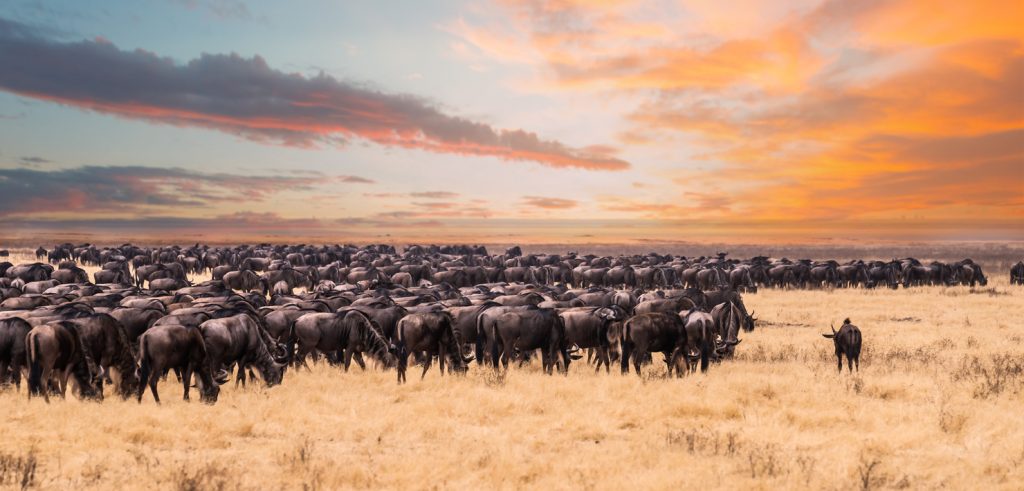
If you were to go to Tanzania just once, then you would have to see the great migration.
This breathtaking natural spectacle takes place every year and brings together 1.5 million wildebeest in a huge circle of life that runs between the Serengeti National Park in Tanzania and the Masai Mara in Kenya.
Accompanied by 200,000 zebras, 350,000 gazelles and 12,000 elks, they follow the rainfall and the resulting grass growth on the plains. It is very difficult to predict where and when this huge herd will pass, as everything depends on the climate.
Between January and March, the Ngorongoro Conservation Area and the Maswa Reserve, in the south-eastern Serengeti, offer refuge during the short dry season thanks to its many rivers and spring grasses, which allow wildebeest to rest and give birth.
Up to 400,000 calves are born in a synchronised birth in just two to three weeks!
Unsurprisingly, this period is a real treat for all the predators that accompany it – and the first challenge in the wildebeest’s life
Hundreds of hyenas and lions scattered throughout the area are trying their luck with a potential overabundance of vulnerable newborns.
In April, the wildebeest begin their journey, moving en masse northwards through the popular central area of the park in Seronera.
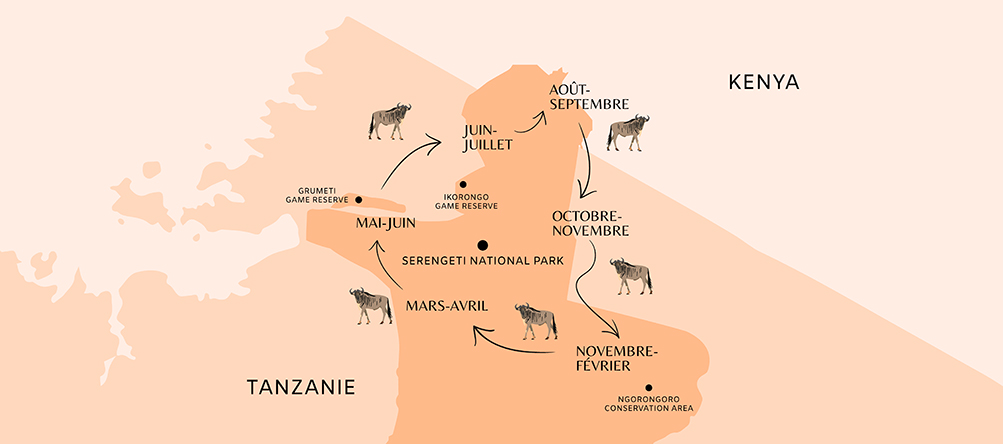
In May, the rainy season arrives and brings heavy rainfall to the west of the park.
Soon after, the fertile plains bear a thick cover of grass, causing the westward migration of the park.
The Western Corridor, including the Grumeti Reserve and the Ikorongo Reserve, hosts the majority of the migration until June, giving the animals a chance to strengthen for the journey ahead.
From there, the migration heads north again, through the park and towards the Kenyan border where it will arrive in July. It is from this point that the migration takes one of its most spectacular and deadly advances with the river crossings.
In the Serengeti, the Mbalangeti and Grumeti rivers, and in Kenya, the most famous crossing is the Mara River. For most of the year, these rivers are relatively calm and often dry, but with the rains they become violent torrents presenting major obstacles to the wildebeest’s progress.
Many adults and calves are lost to crocodile and lion attacks, drowned or crushed by the herd, and calves are regularly separated from their mothers on the wrong side of the river, leaving little hope for their survival.
Although such a tragic impediment to migration may seem like a disaster for wildebeest, the deaths represent only a handful of the hundreds of thousands of calves born each year.
Without a certain degree of natural mortality, the wildebeest population could get out of control and totally change the balance of this vast ecosystem in which it plays a leading role.
Once they arrive in the meadows of the Masai Mara in August, the wildebeest again spend several months feeding and fattening.
At the end of October, the first of the short rains falls on the sparse grassy plains south of the Serengeti, filling the seasonal waterholes and bringing new grass shoots.
The wildebeest then instinctively start moving south again, descending through the eastern forests and returning to the Ngorongoro Conservation Area.
The wildebeest disperse again once they reach the open plains after travelling more than 800 kms.

